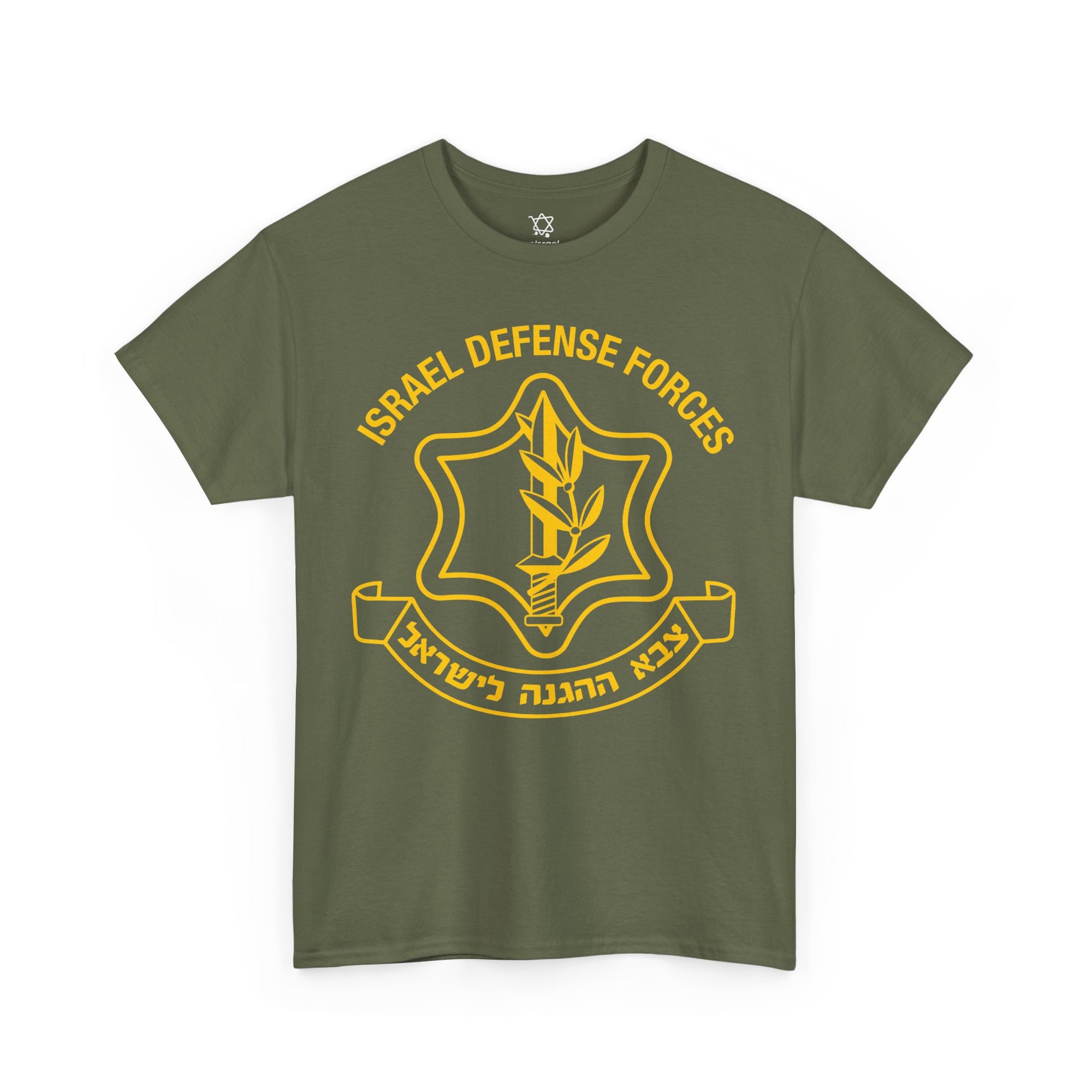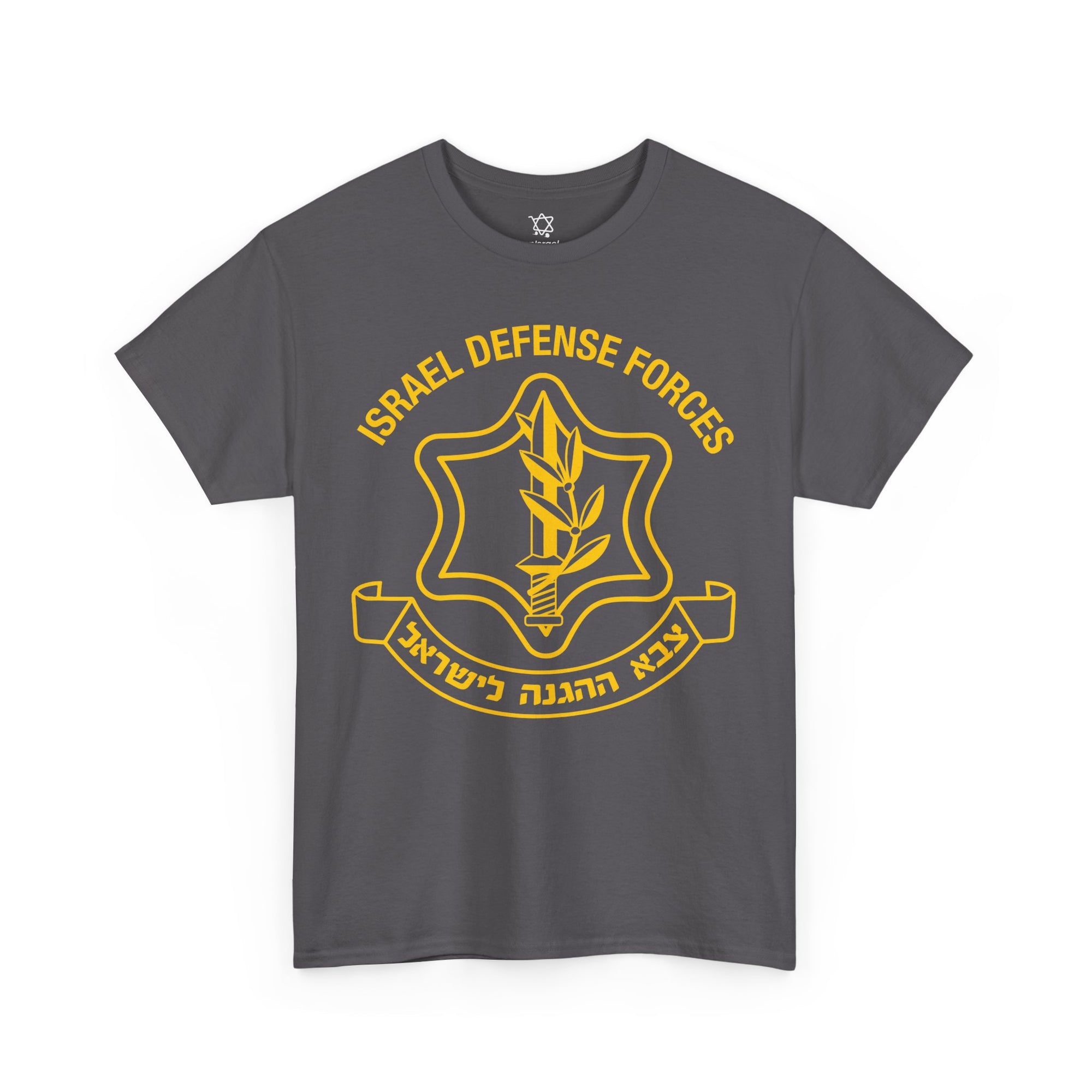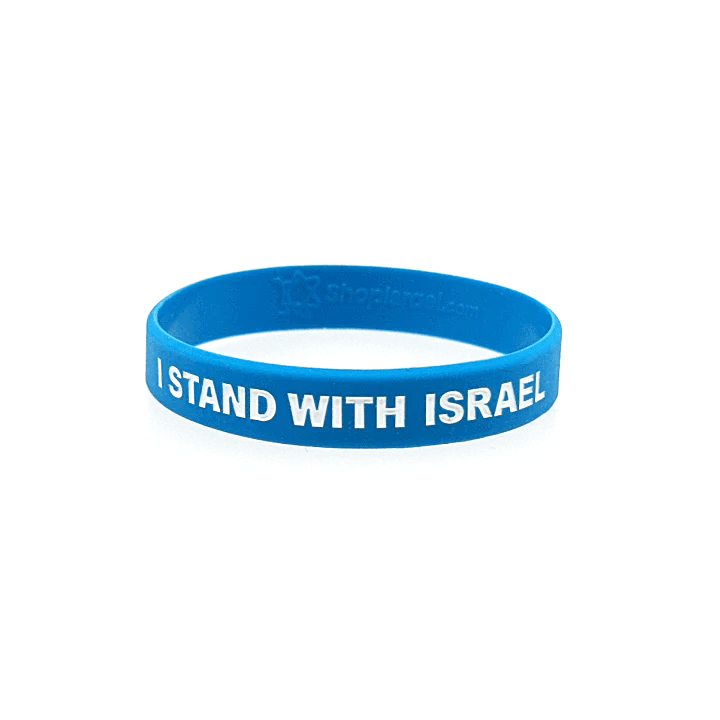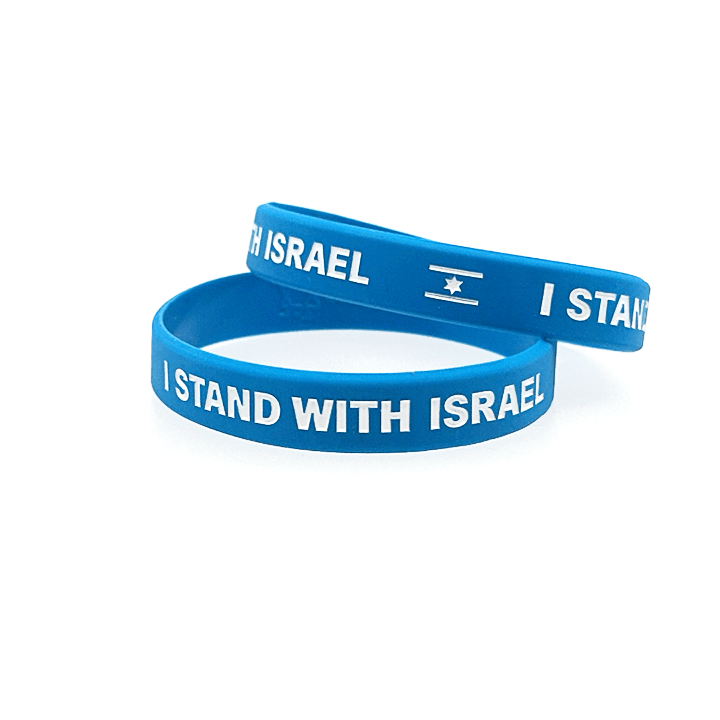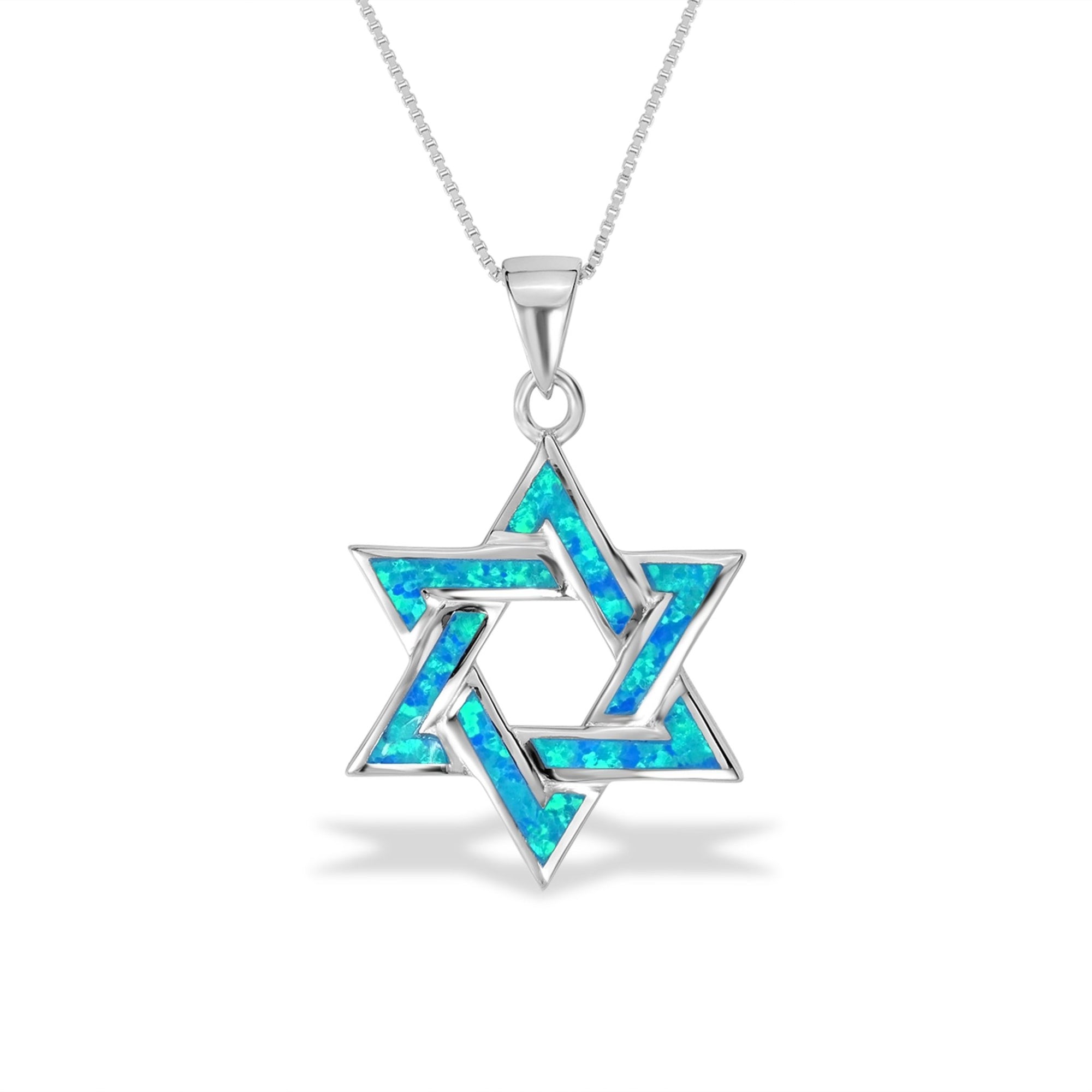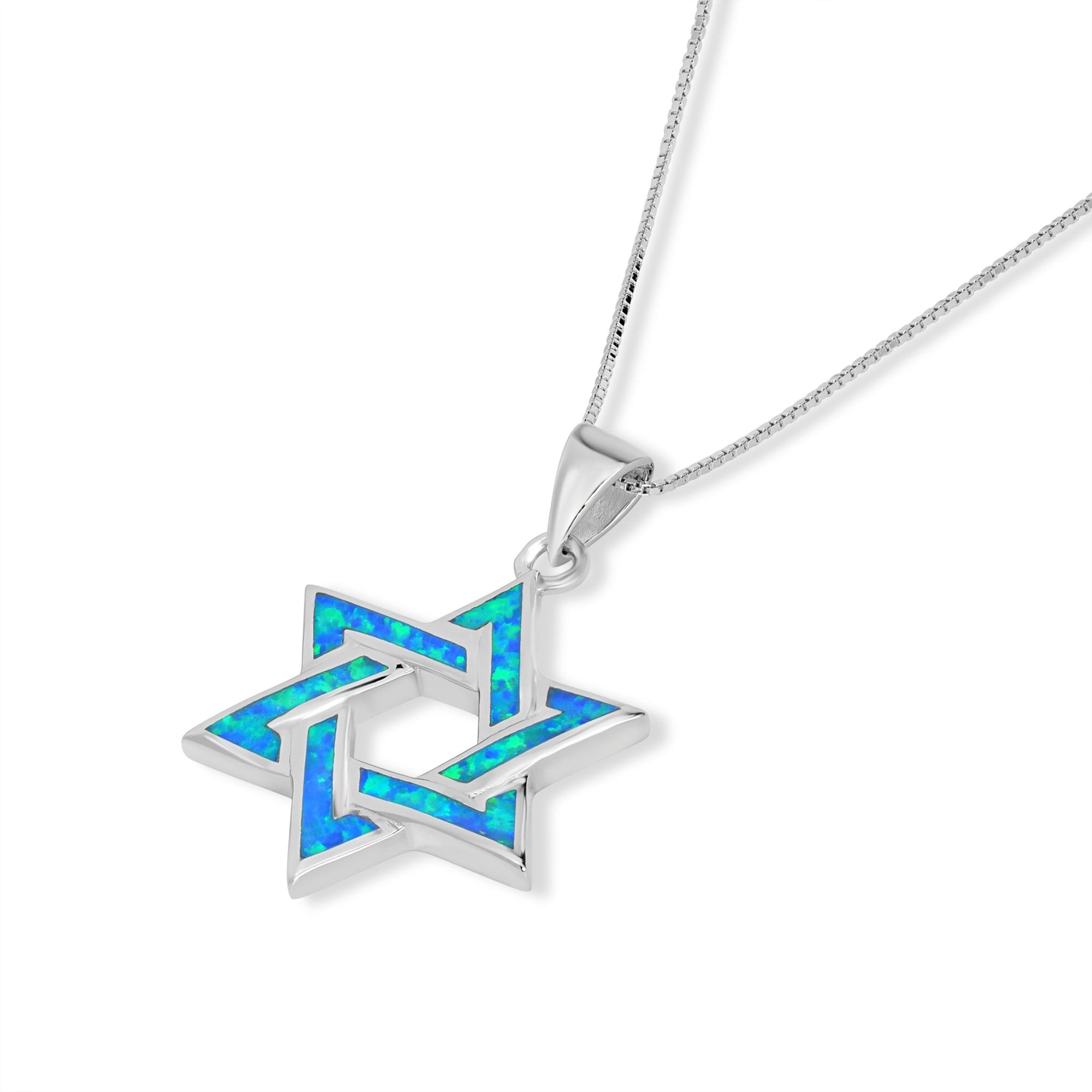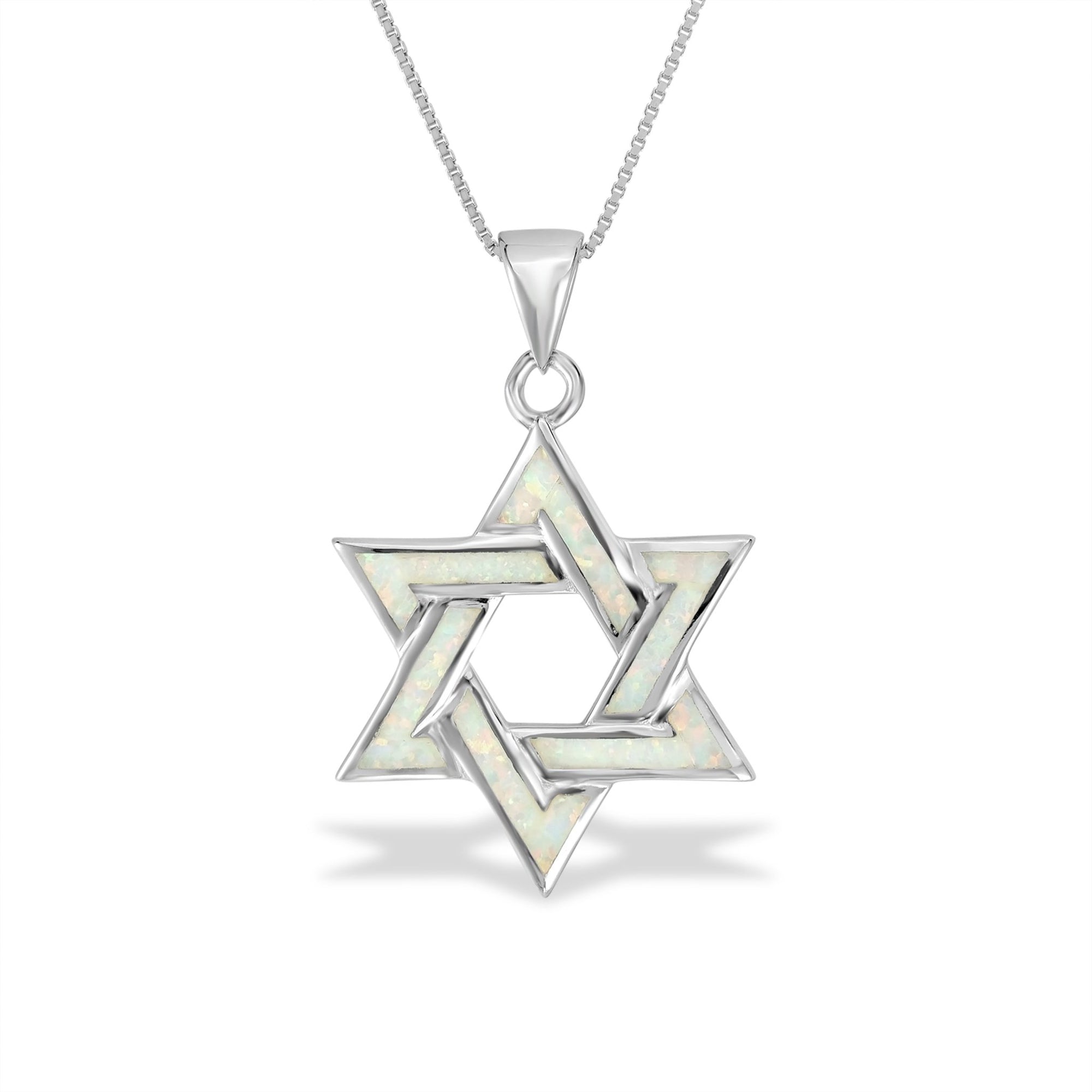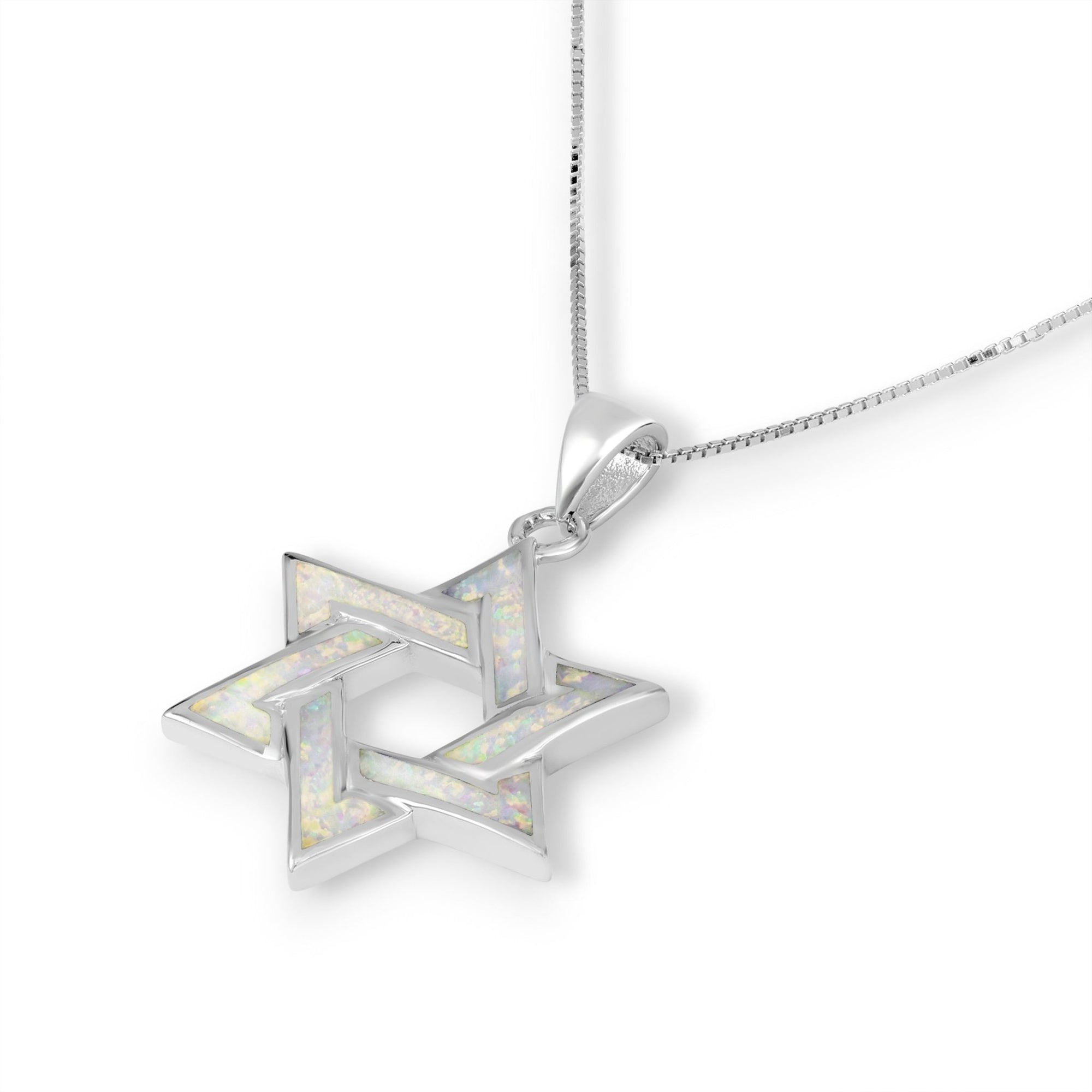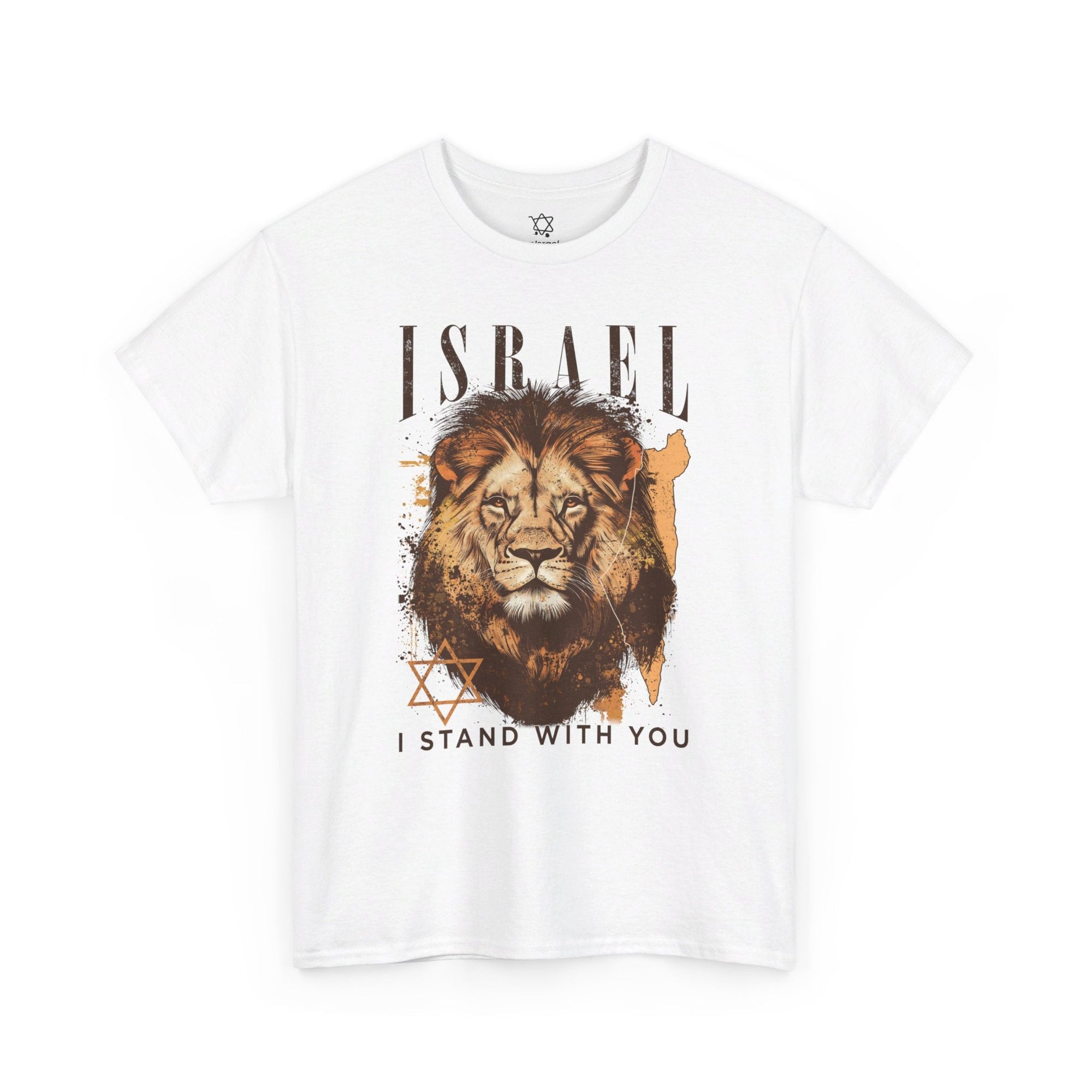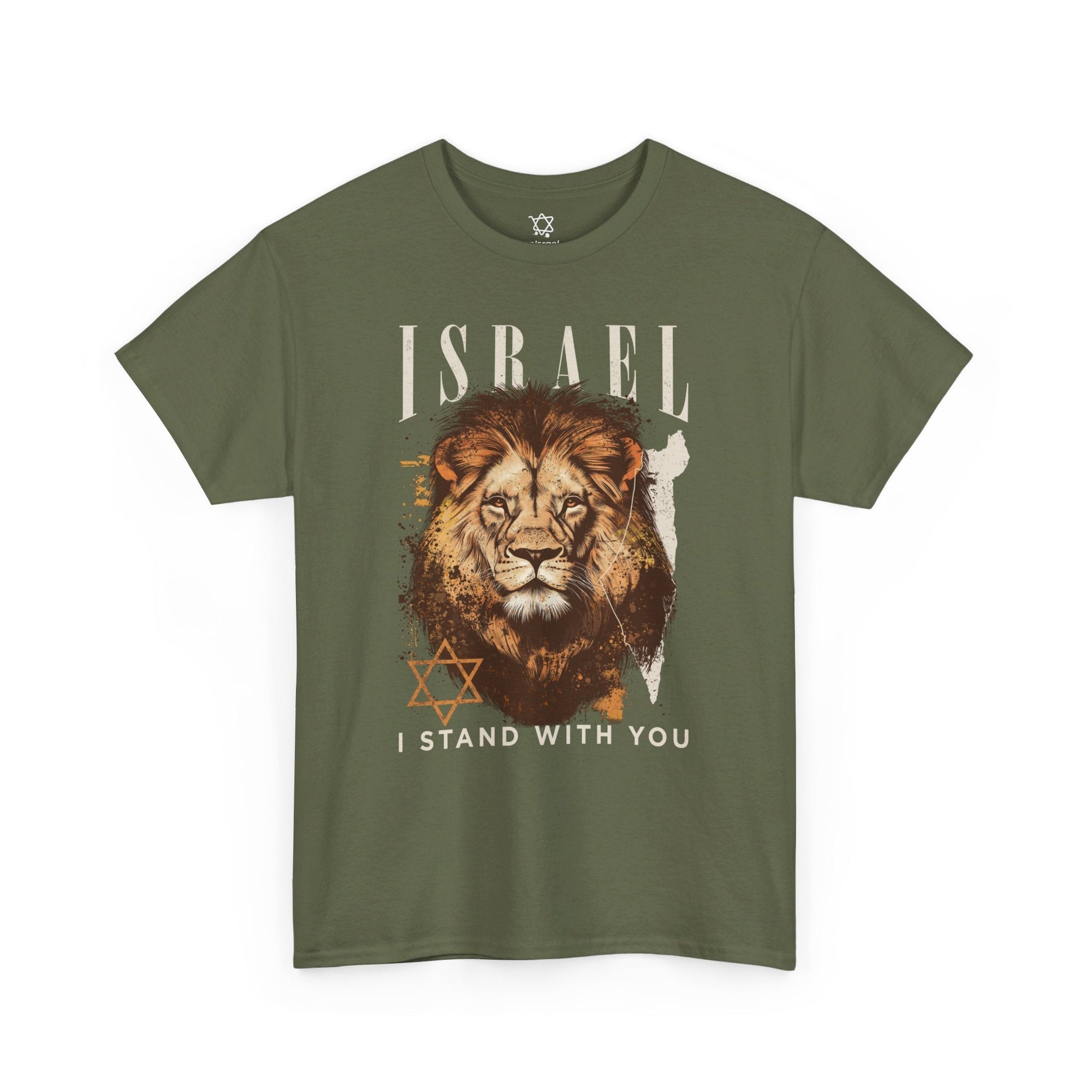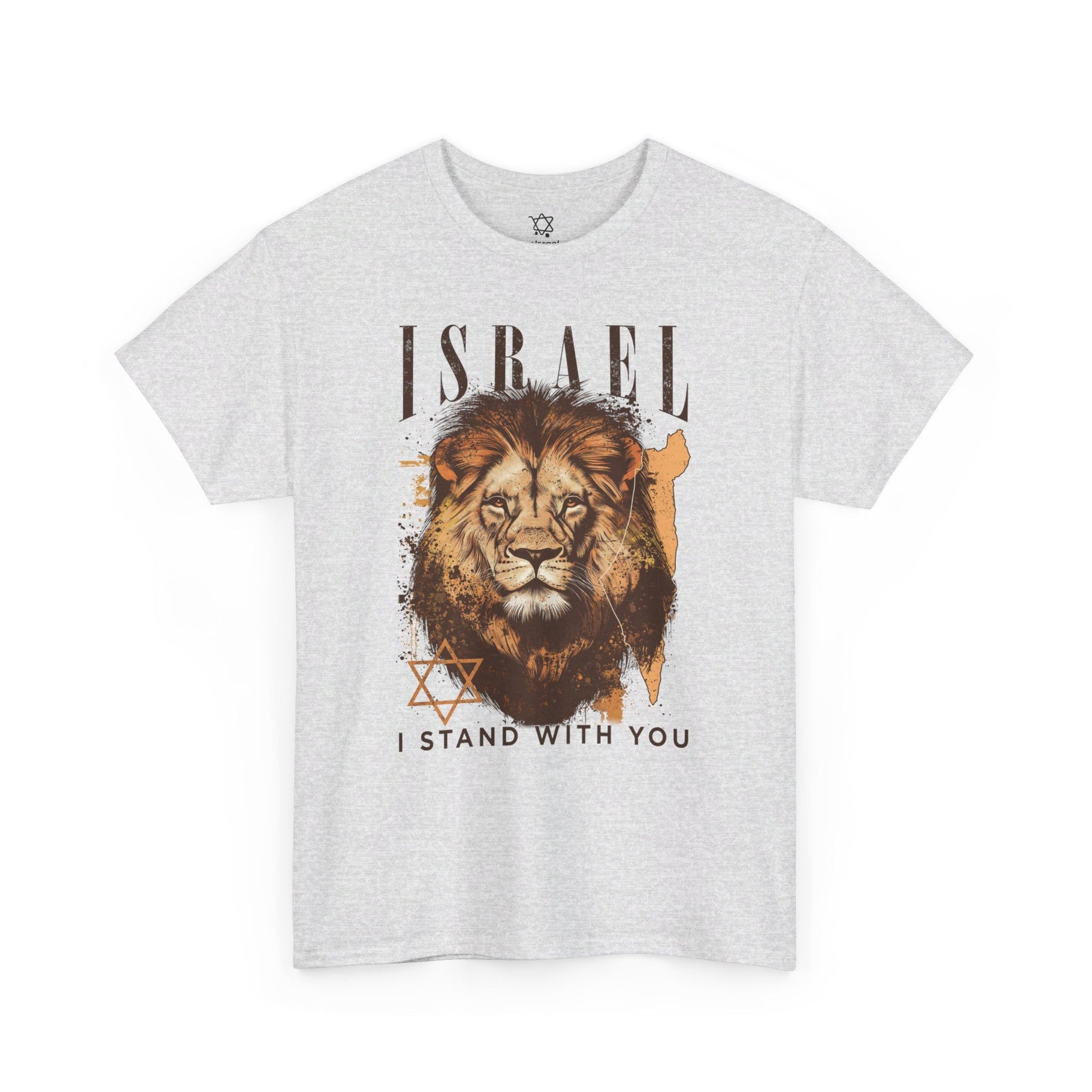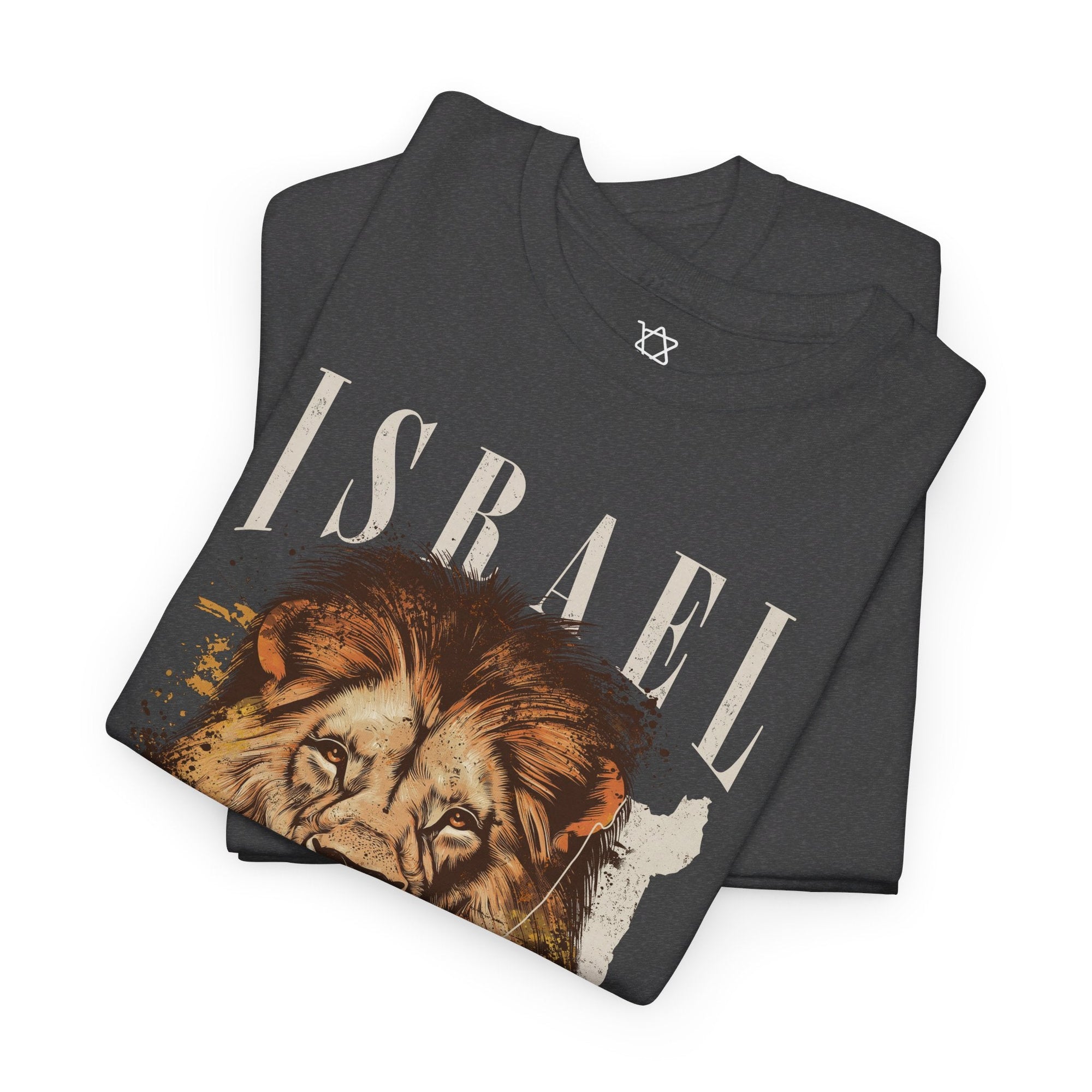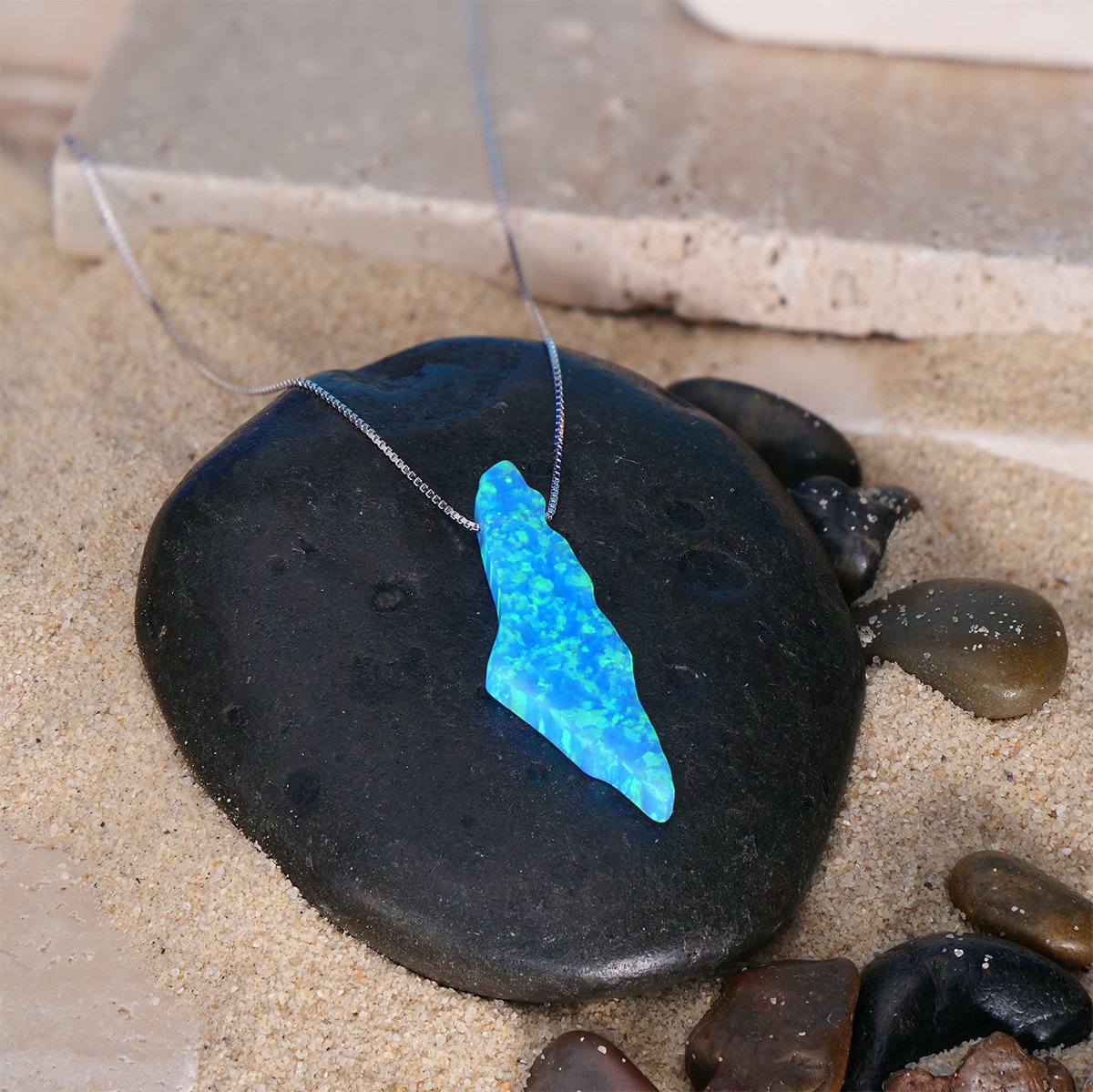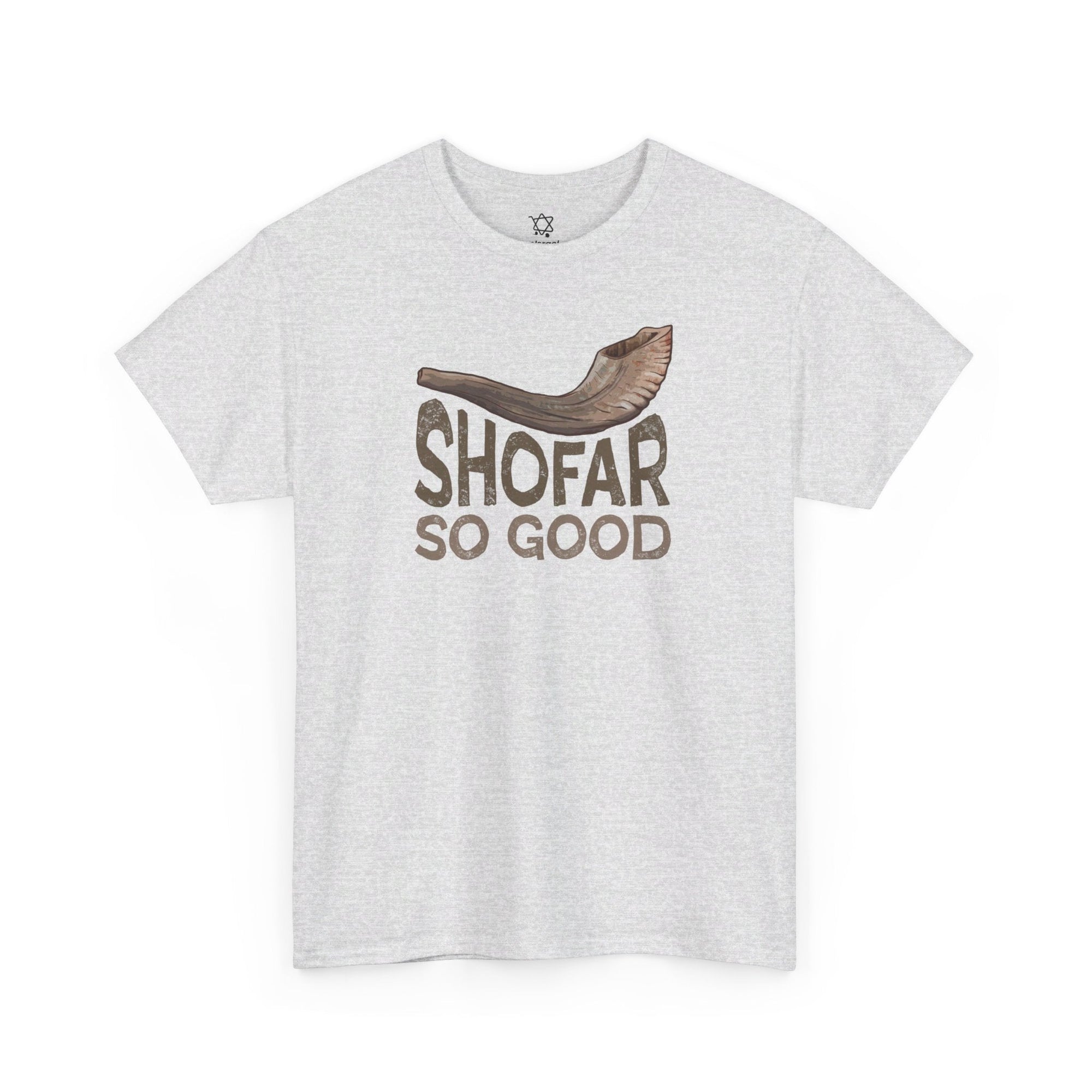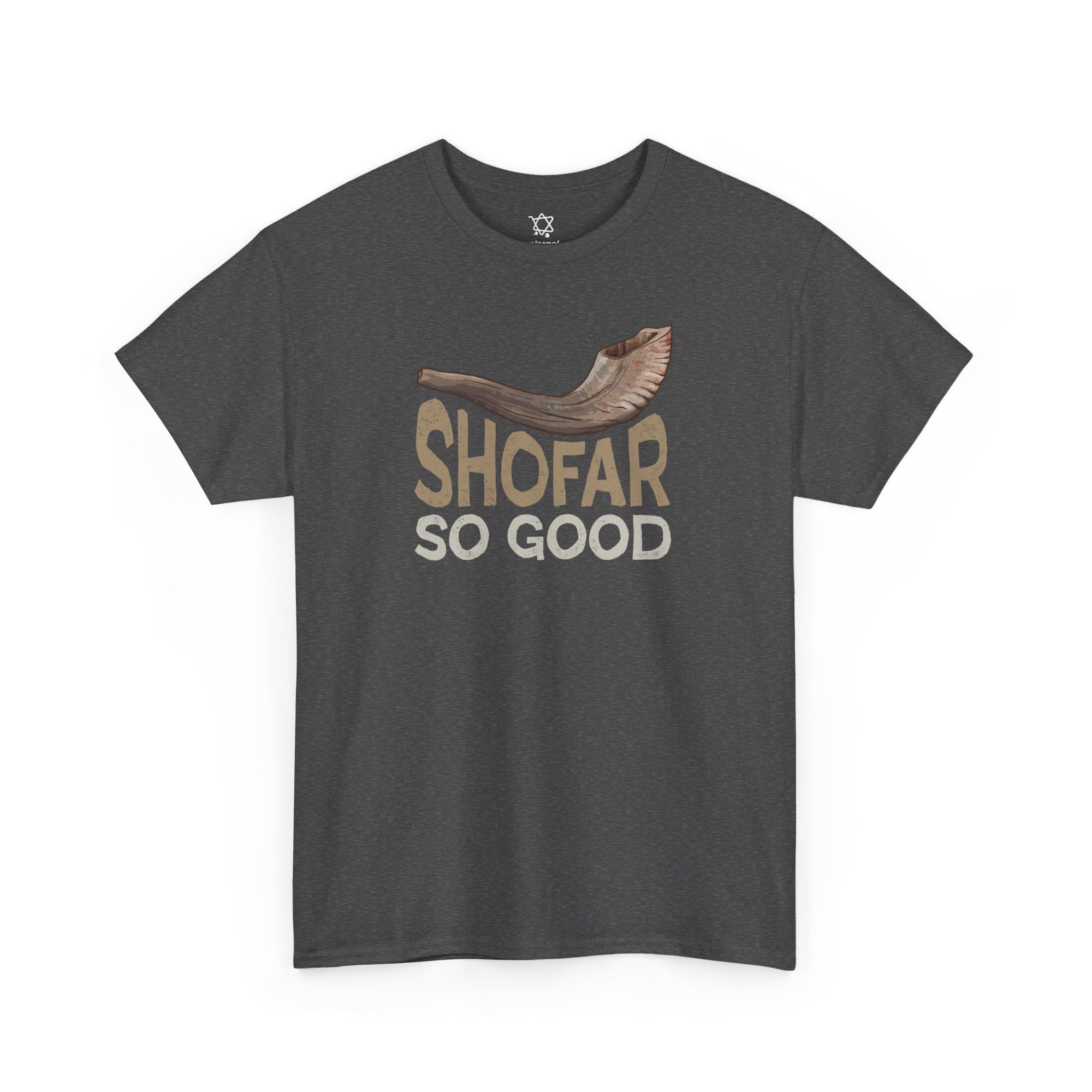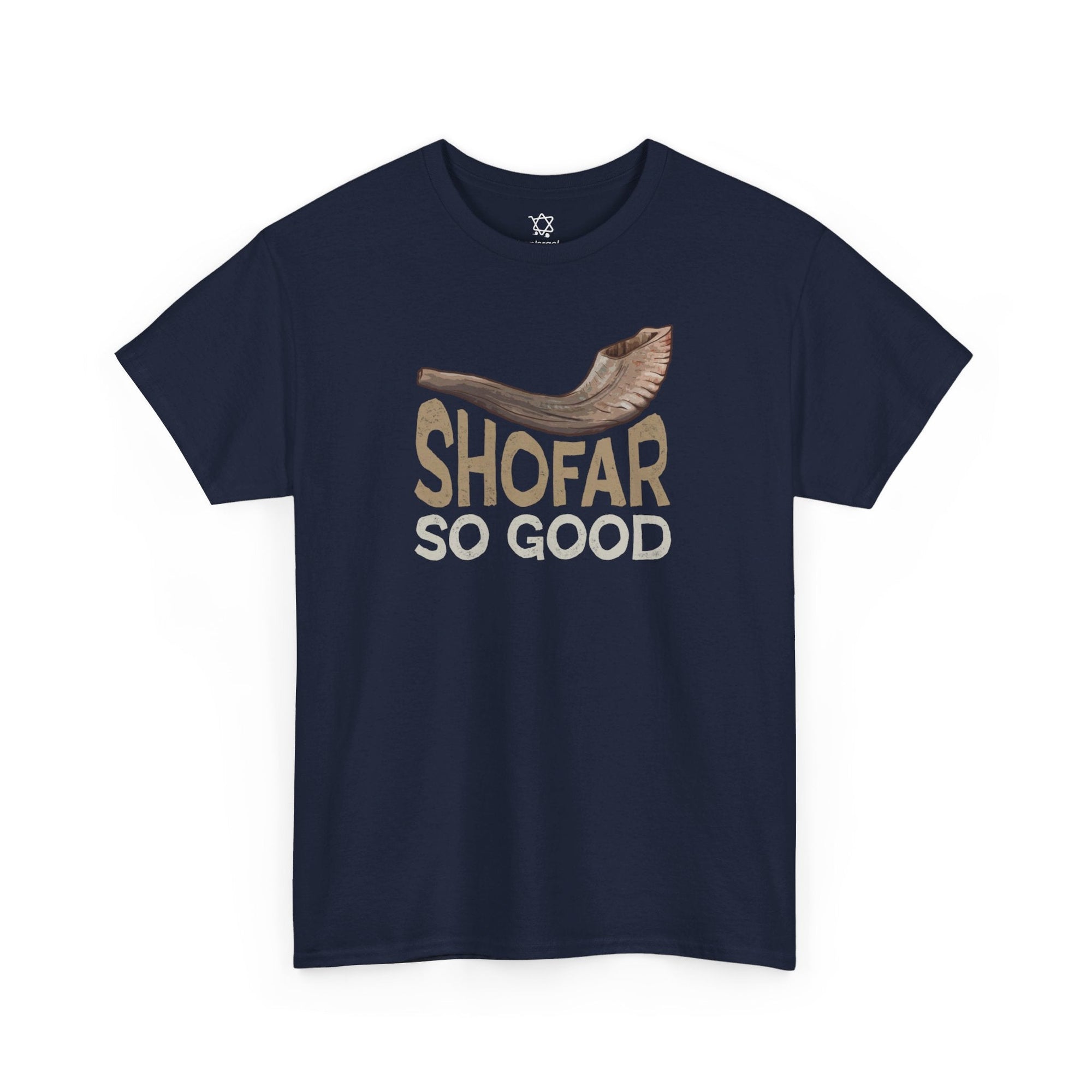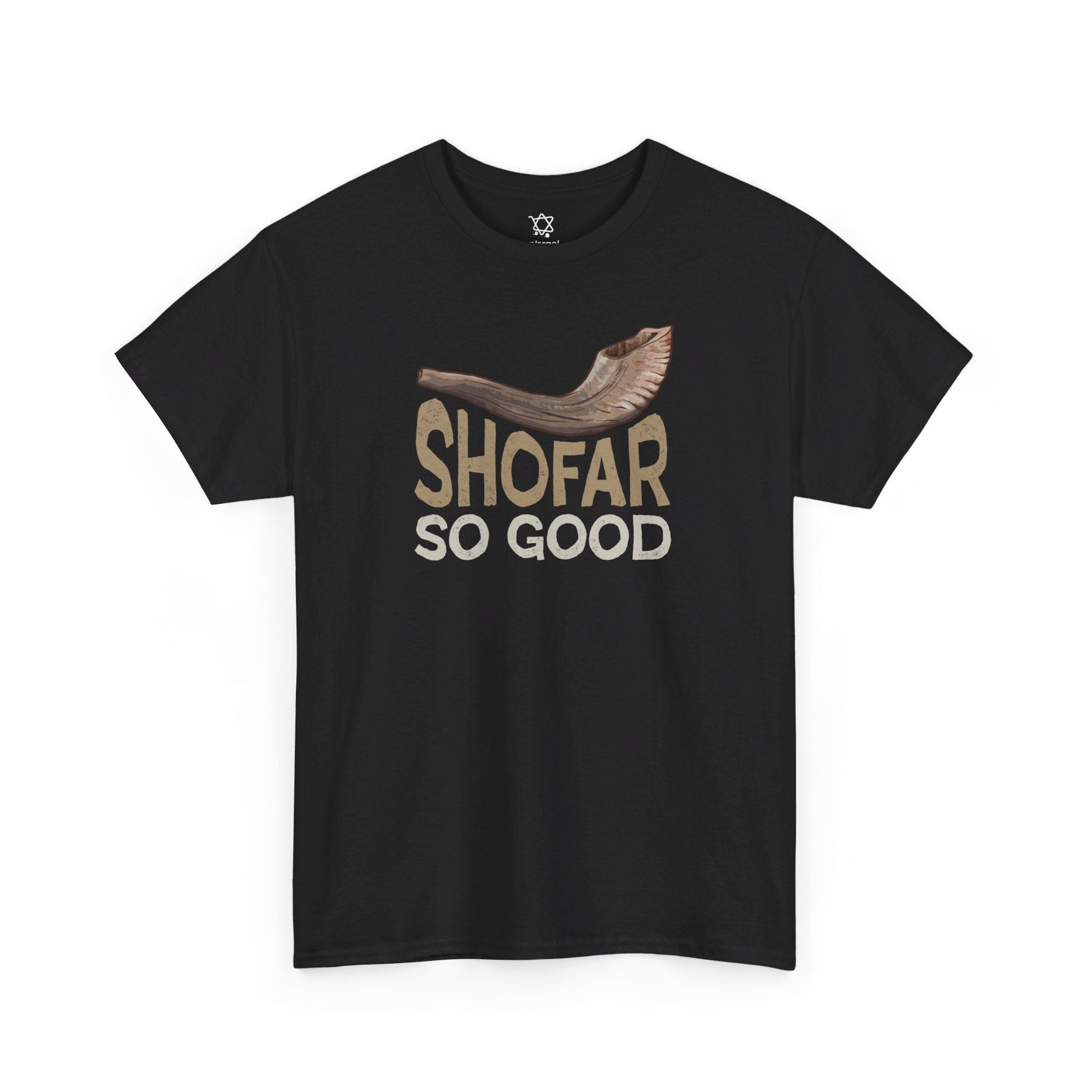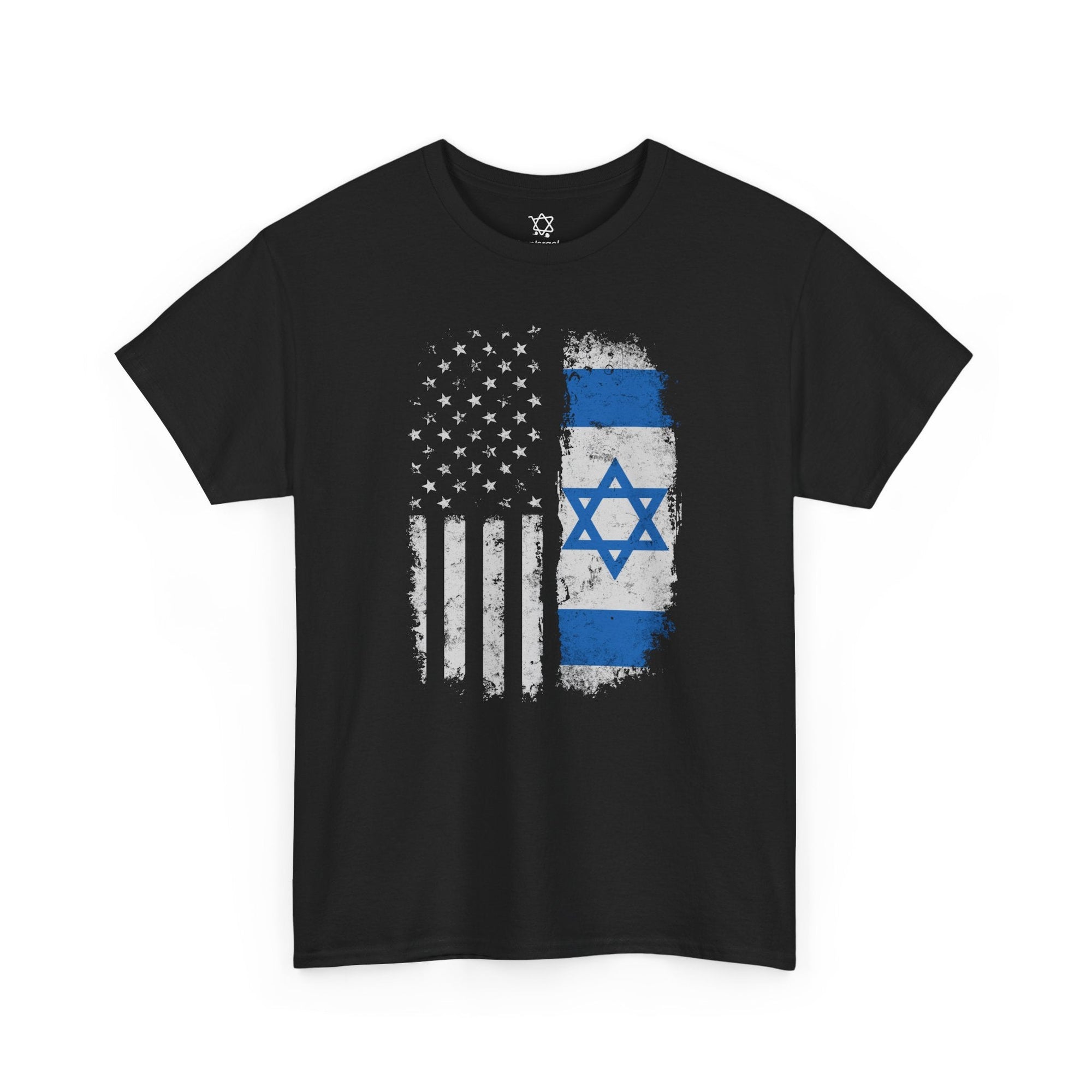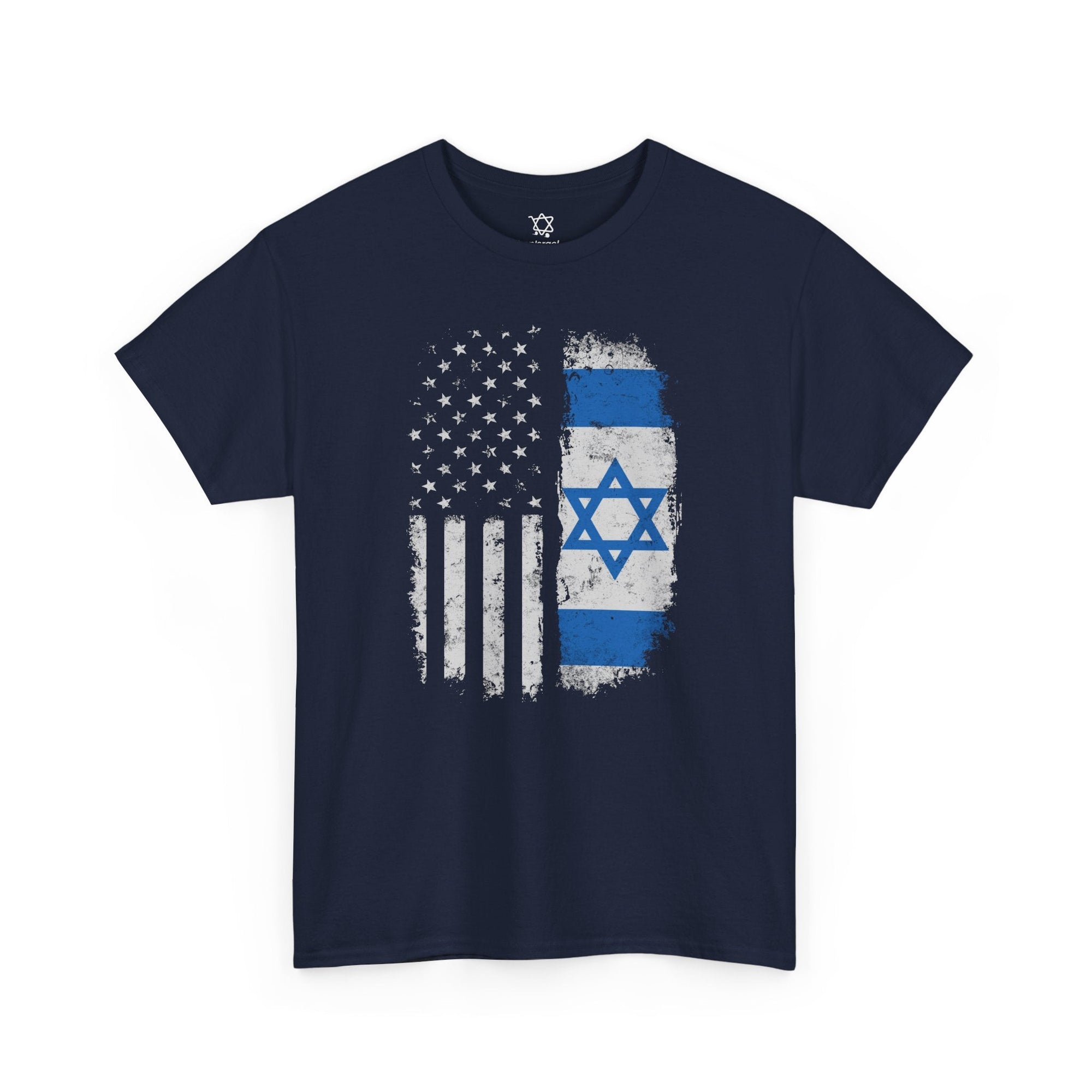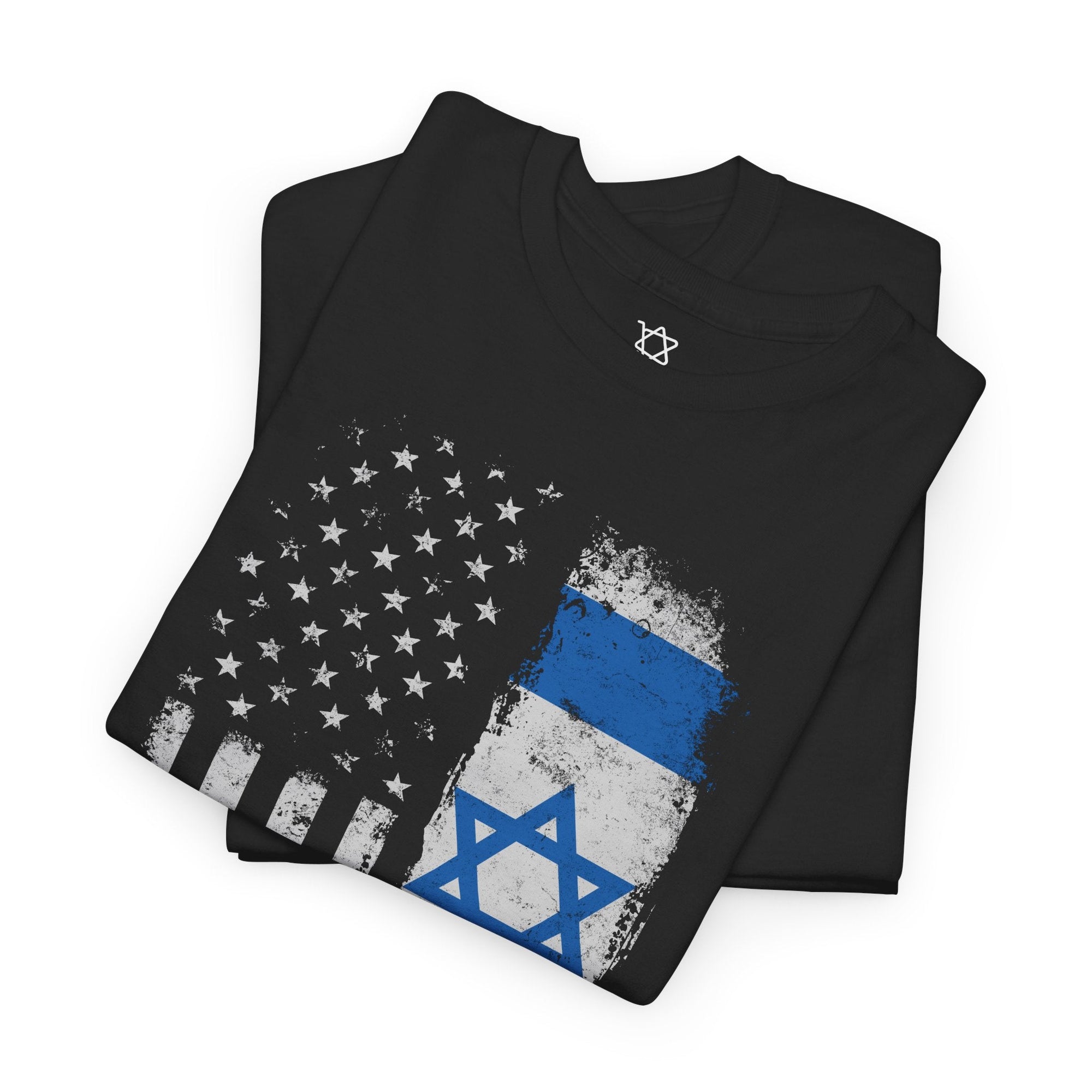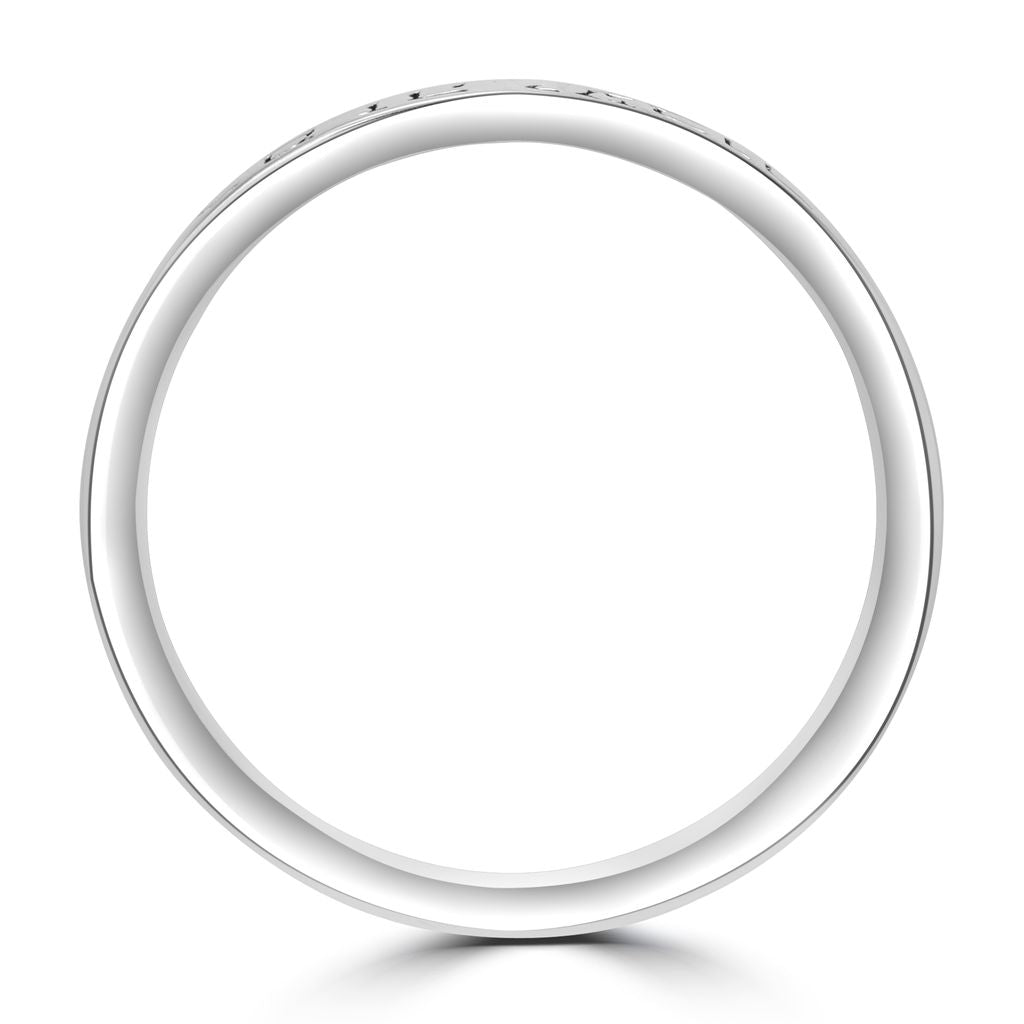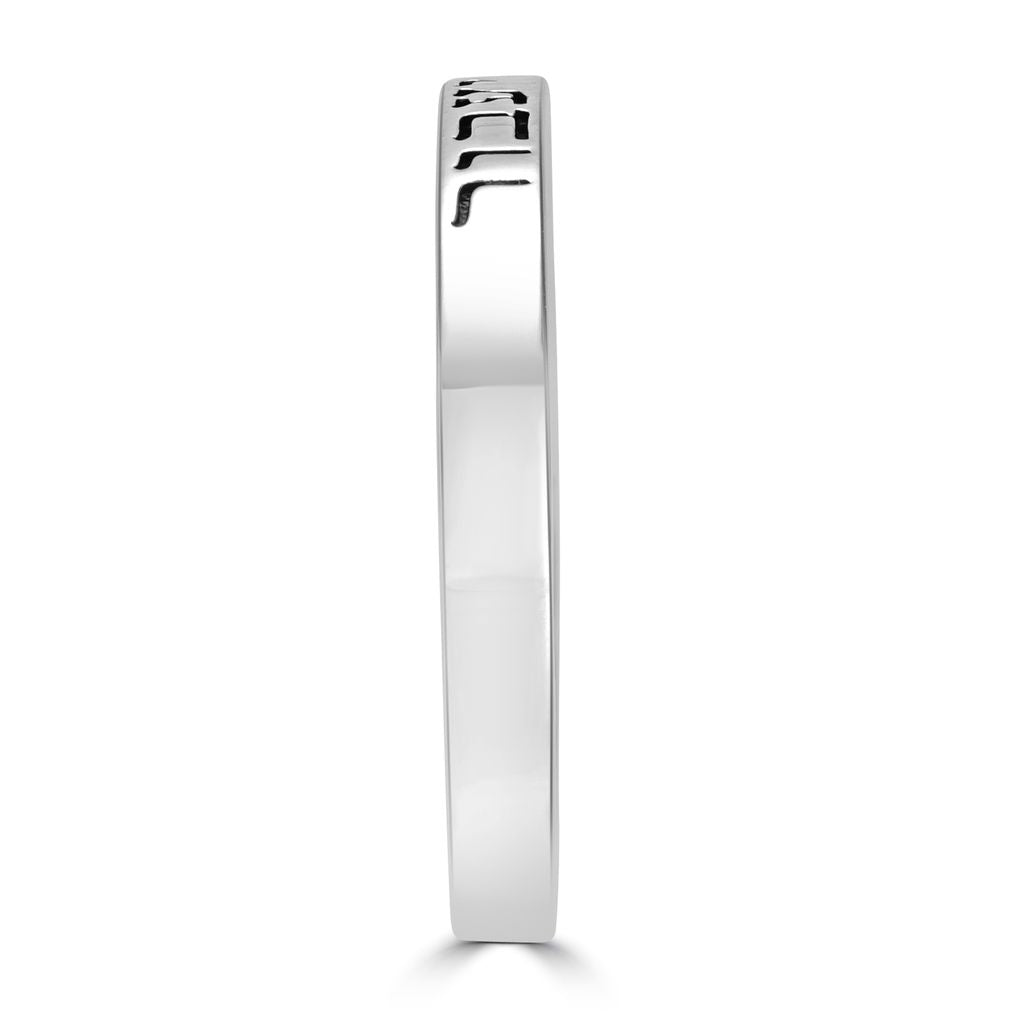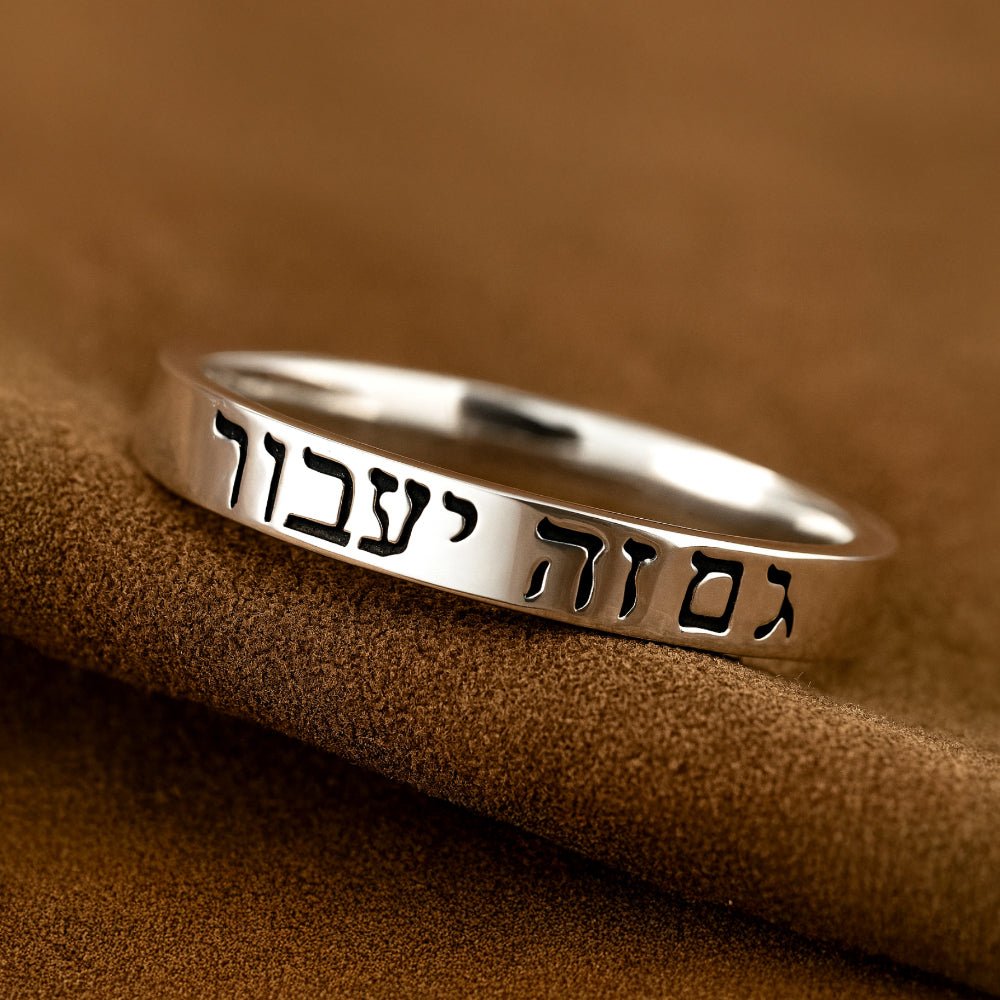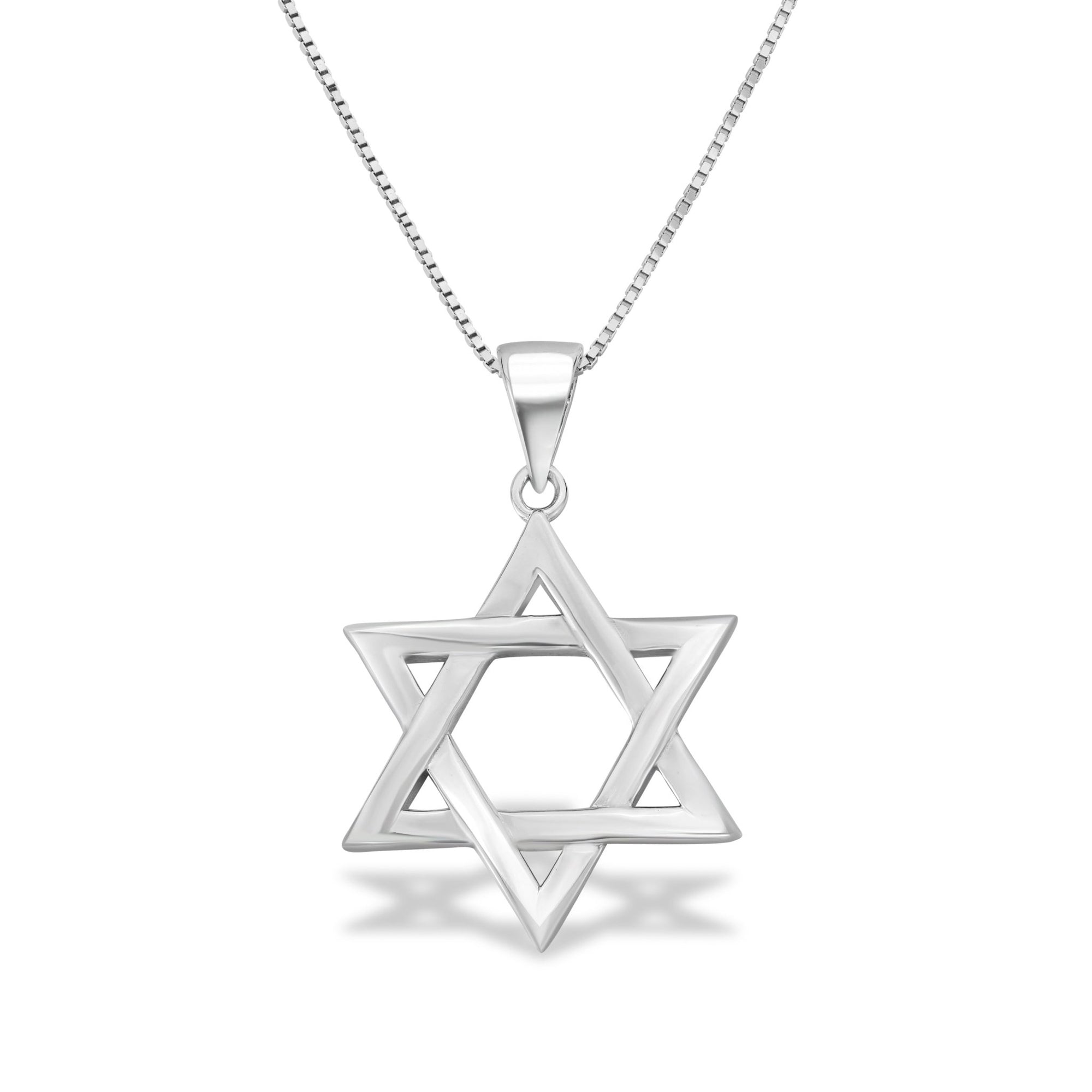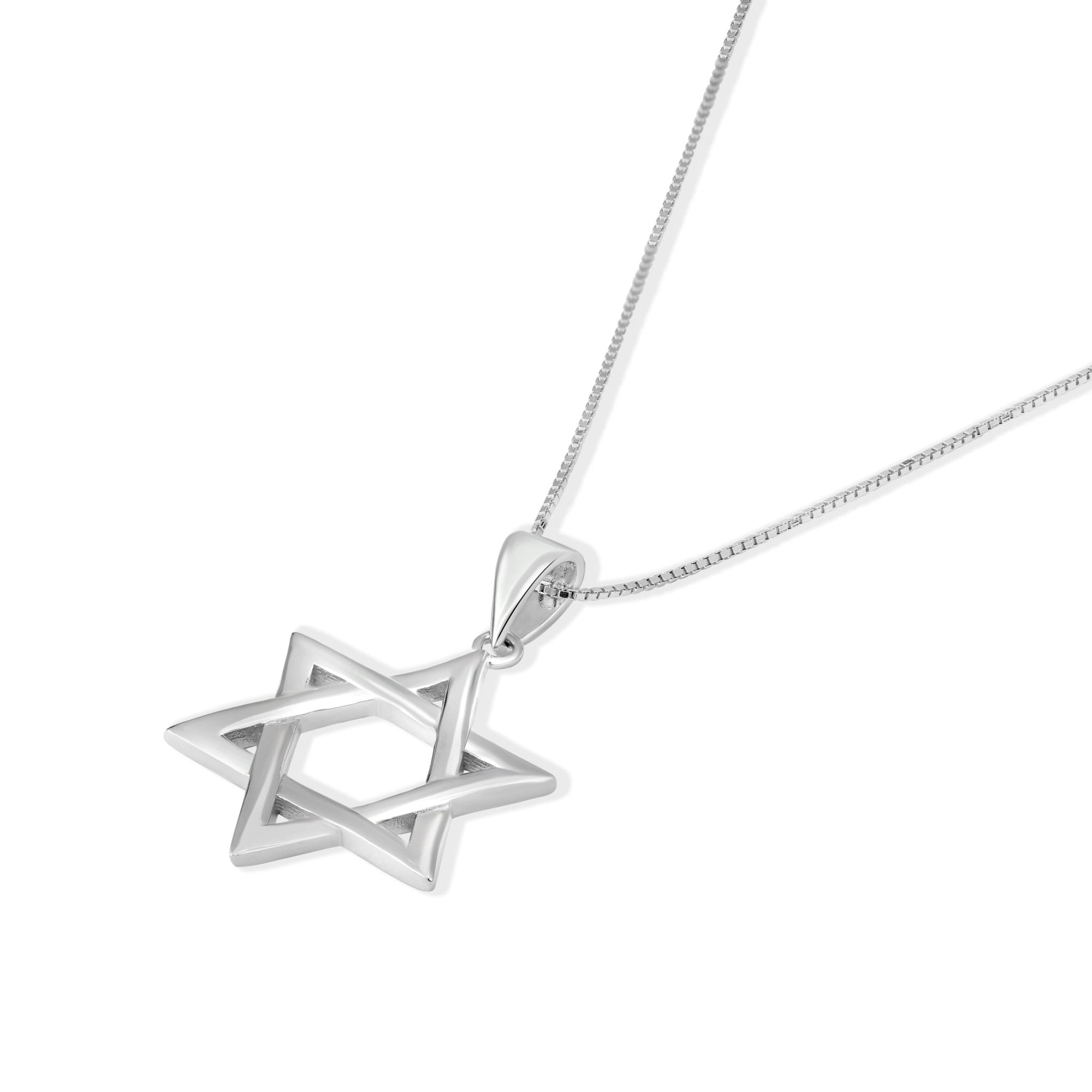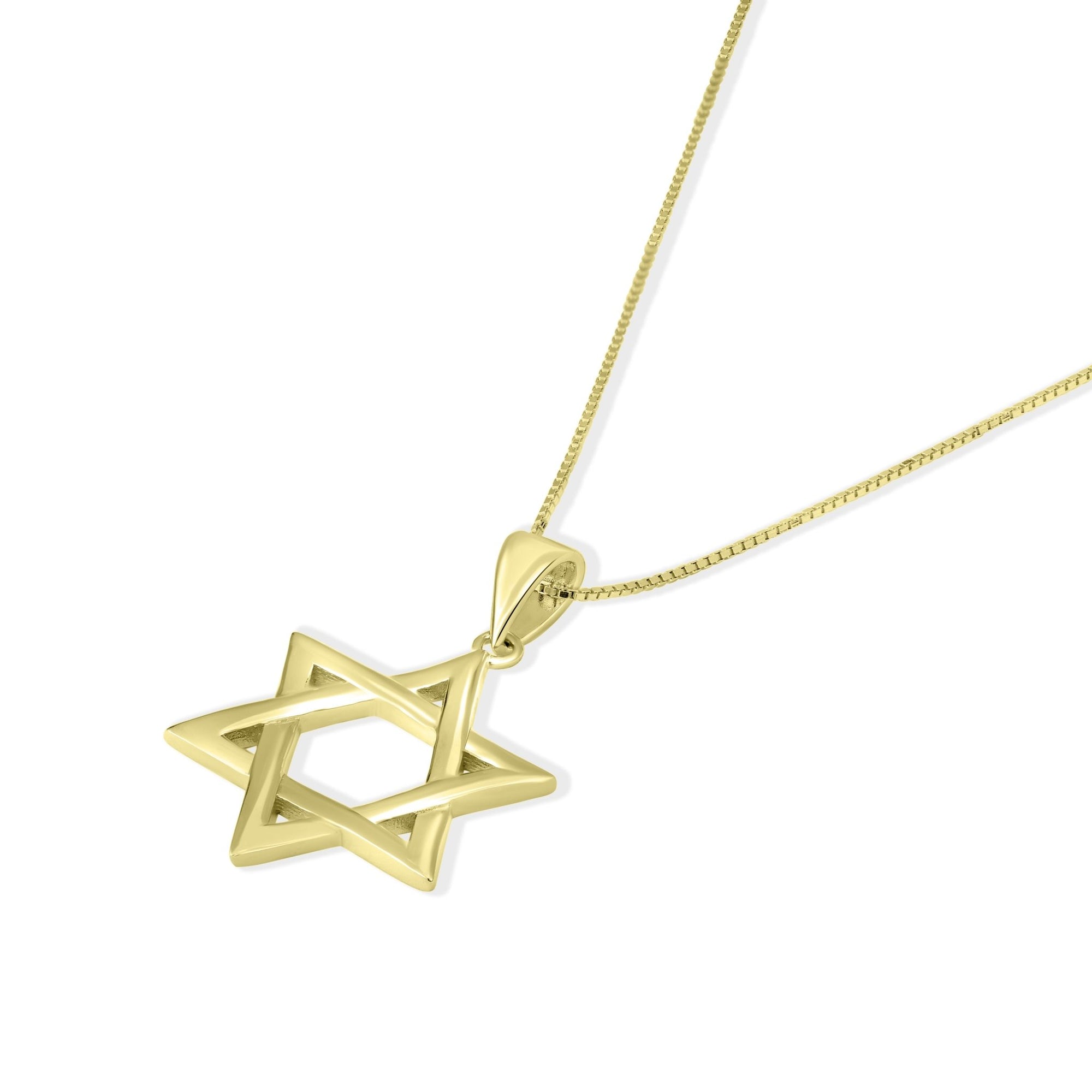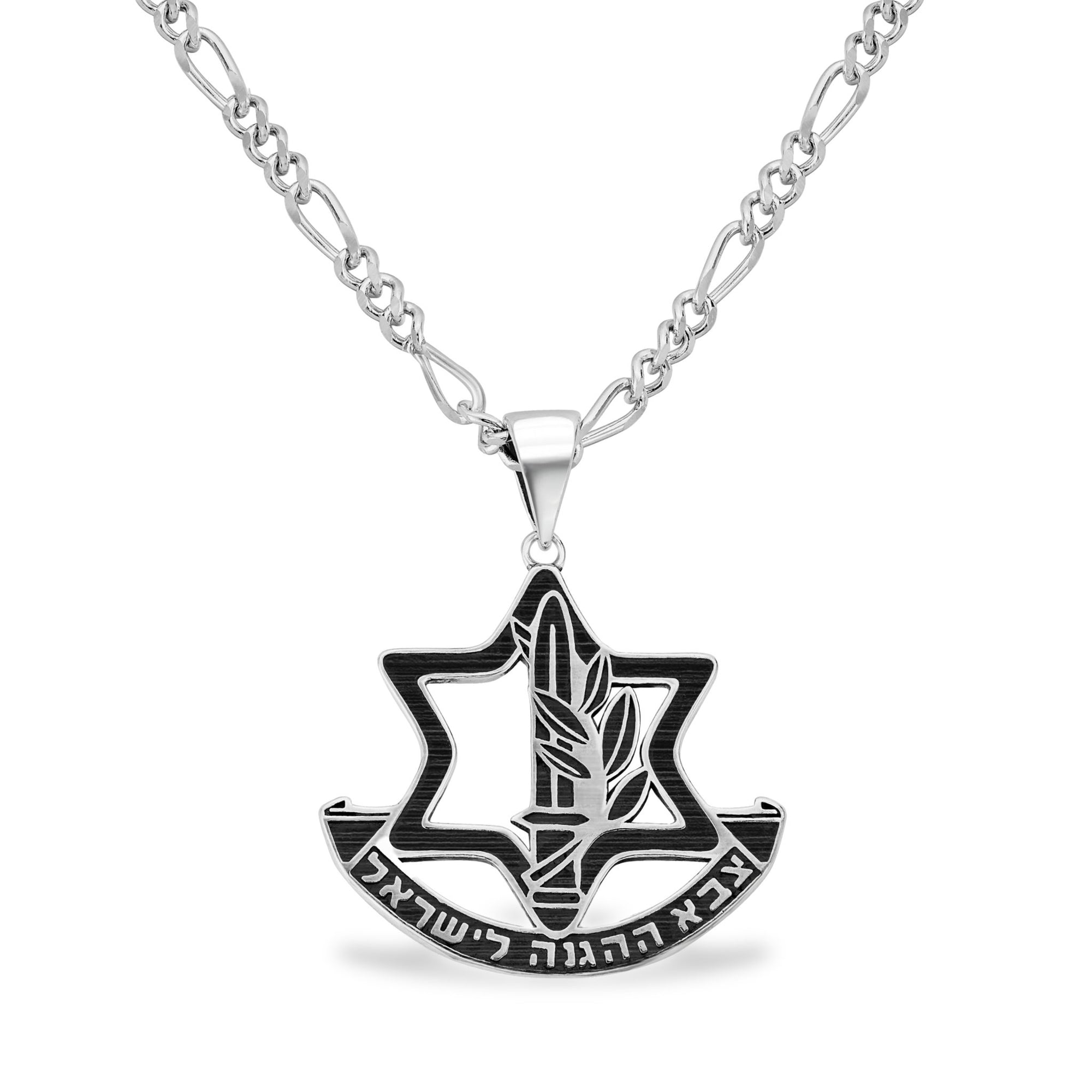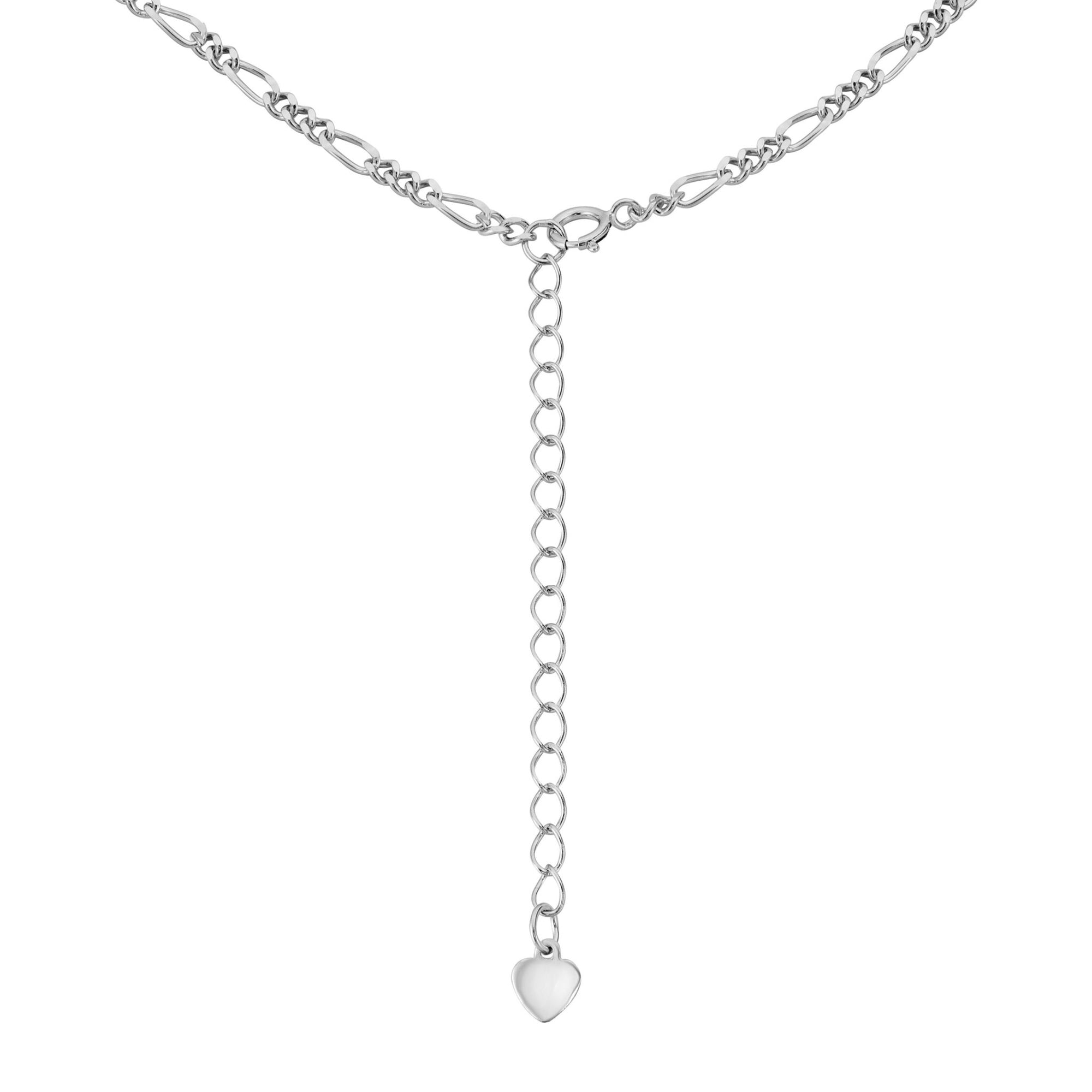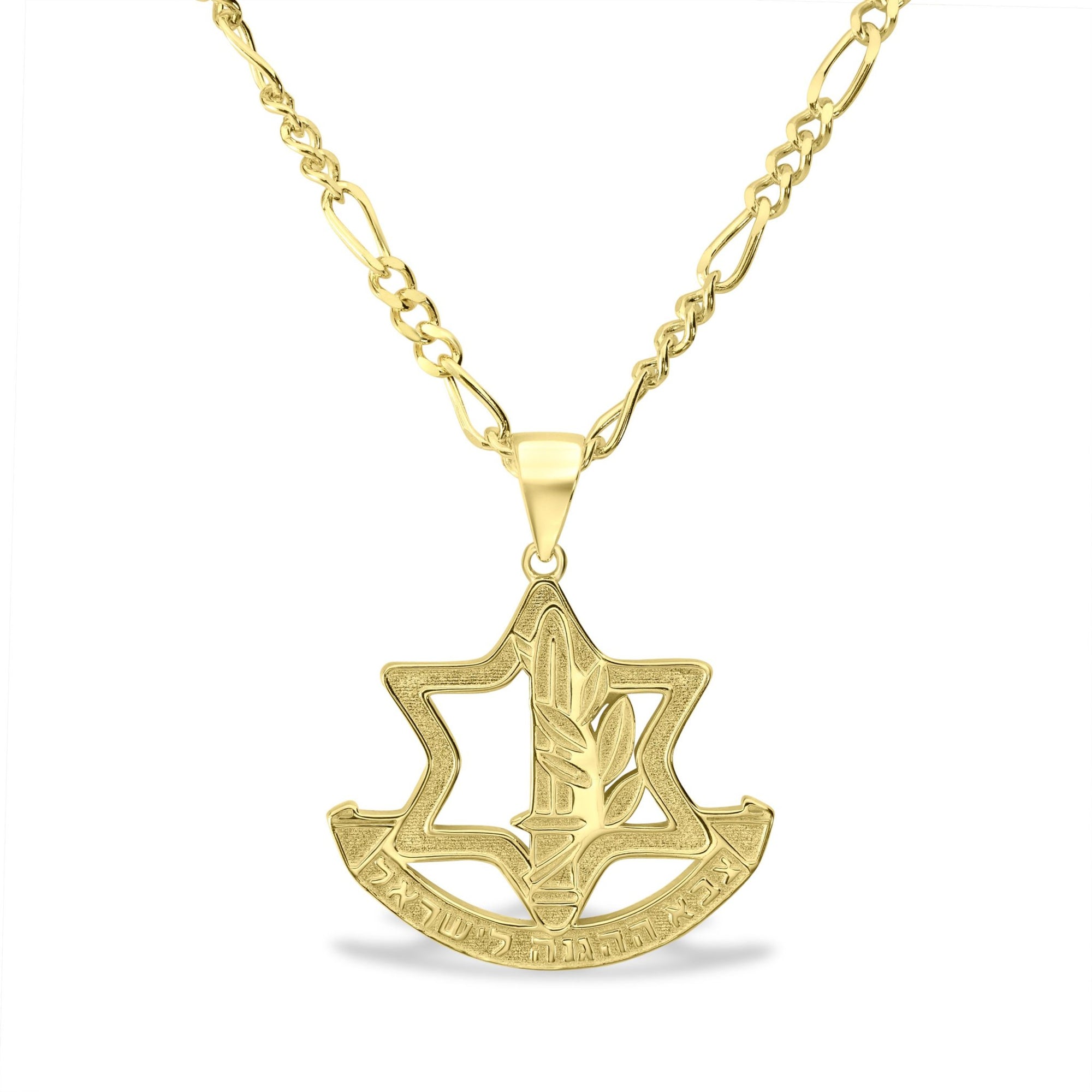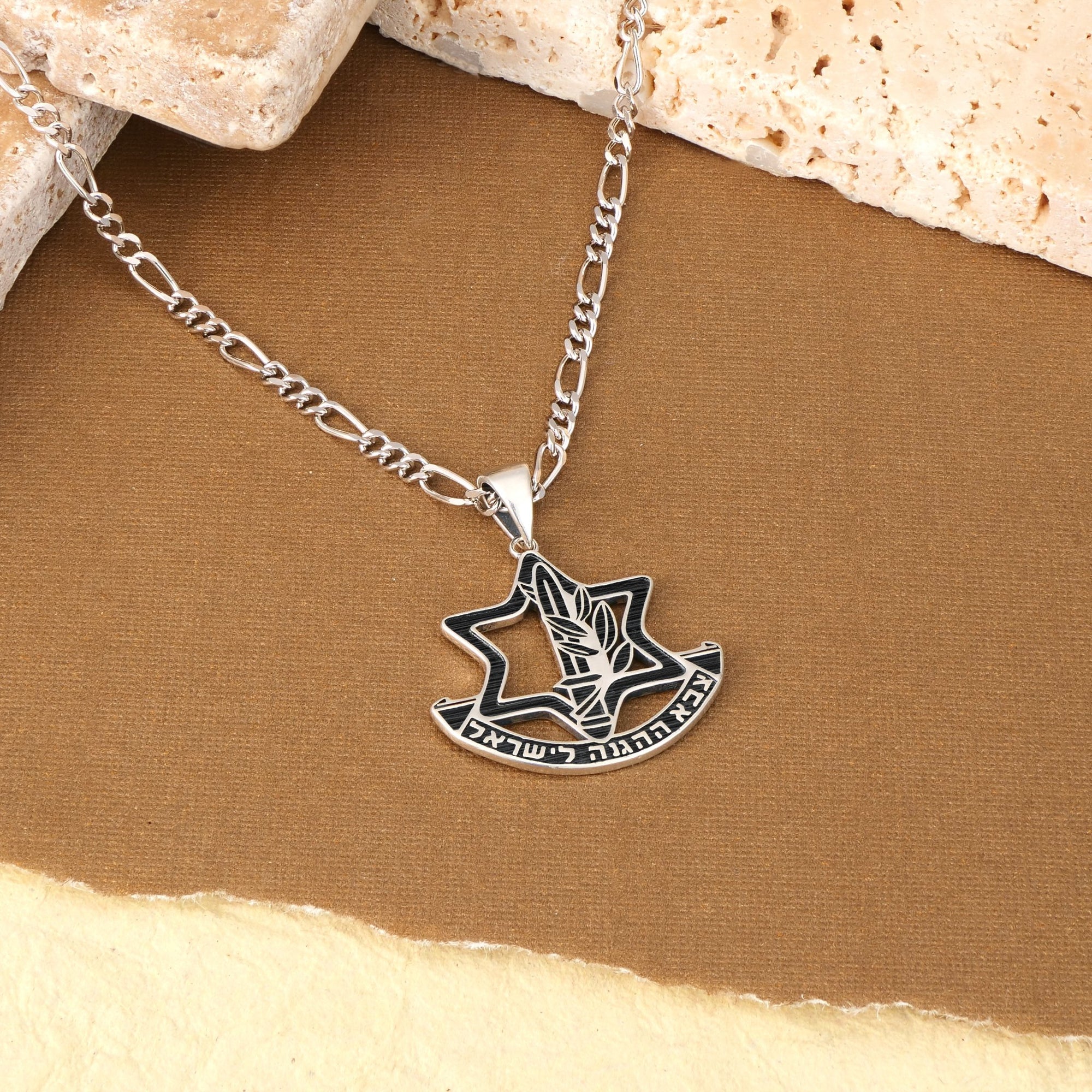The Shofar: Ancient Symbol and Modern Emblem
The Shofar's Significance in Jewish Tradition
The shofar, a trumpet typically crafted from a ram's horn, stands as a profound symbol within Jewish heritage. Used prominently during the High Holidays of Rosh Hashanah and Yom Kippur, its resonating blasts serve as spiritual awakenings — calling the faithful to repentance, introspection, and renewal.
Rooted deeply in biblical history, the shofar commemorates pivotal moments such as the giving of the Torah at Mount Sinai and the binding of Isaac, reinforcing themes of faith, sacrifice, and divine kingship.
Role in Religious Practices and Cultural Identity
Traditionally blown during synagogue services in Rosh Hashanah's daytime and throughout the month of Elul, the shofar embodies a sacred mission: to inspire awe, remembrance, and moral reawakening. Its sounds invoke the prophetic call for righteousness and emphasize God's sovereign rule.
It also symbolizes hope for the Messianic era and the rebuilding of the Holy Temple, linking past trials to future redemption — a powerful expression of Jewish endurance and spiritual unity.
The Shofar in Contemporary Merchandise
Beyond its ritual use, the shofar features prominently in modern expressions of Jewish pride. From handcrafted Israeli items to symbolic jewelry and art, shofar imagery celebrates cultural heritage and reinforces national identity.
Merchandise adorned with the shofar resonates with diaspora communities and supporters worldwide, offering a tangible connection to Jewish tradition and Israeli solidarity — a symbol proudly carried from ancient roots into today's cultural and spiritual life.
Historical and Spiritual Significance of the Shofar
What is the shofar and its biblical origins?
The shofar is a historic Jewish instrument made from the horn of a kosher animal, most commonly a ram. Its origins are deeply rooted in biblical times, with the earliest mention at Mount Sinai. There, the shofar's blasts marked God's revelation to Moses, signaling the giving of the Ten Commandments. The Torah references the shofar more than 70 times, highlighting its critical role not only during Rosh Hashanah but also in various significant moments such as announcing the new moon, proclaiming the Jubilee year, and even in times of war. For more on the Shofar and Its Origins and Biblical History of the Shofar, see these resources.
Role during Rosh Hashanah, Yom Kippur, and Elul
The shofar holds a central place in Jewish High Holidays. It is blown during the month of Elul to prepare spiritually for the upcoming Days of Awe. On Rosh Hashanah, the shofar’s sound serves as a spiritual alarm, calling the community to reflection and repentance. The blasts continue through Yom Kippur, symbolizing a final call for mercy and forgiveness before the Day of Judgment concludes. To explore more about the shofar trumpet during High Holidays and shofar during Rosh Hashanah and Yom Kippur, refer to these detailed guides.
Symbolism related to God’s kingship and the binding of Isaac
The sound of the shofar proclaims G‑d’s eternal kingship over the universe, commemorating creation and His ongoing sovereignty. Its horns remind us of the biblical story of the binding of Isaac, where a ram was sacrificed in place of Isaac, symbolizing faith, devotion, and self-sacrifice. This historical association enriches the spiritual weight of the shofar’s piercing call, urging personal and communal dedication. Learn more about the shofar symbolism and Shofar and the Binding of Isaac.
Connection to prophetic calls and spiritual awakening
Beyond these themes, the shofar echoes the voices of the prophets, urging moral correction and adherence to G‑d’s commandments. Its stirring notes awaken the soul, inspiring awe, humility, and a yearning for spiritual reunion with the Creator. The shofar’s cry reflects a timeless call to spiritual vigilance, repentance, and hope for redemption, including the coming of Moshiach and the rebuilding of the Holy Temple. Discover insights into the shofar’s prophetic voice and spiritual awakening and its mystical resonance.
The shofar's presence in the Jewish heart blends history, faith, and hope, making it a cherished symbol of identity and spiritual awakening during the High Holidays and beyond. For a comprehensive understanding of its meaning and significance, explore the linked resources above.
The Ritual and Sound of the Shofar: Tradition and Meaning
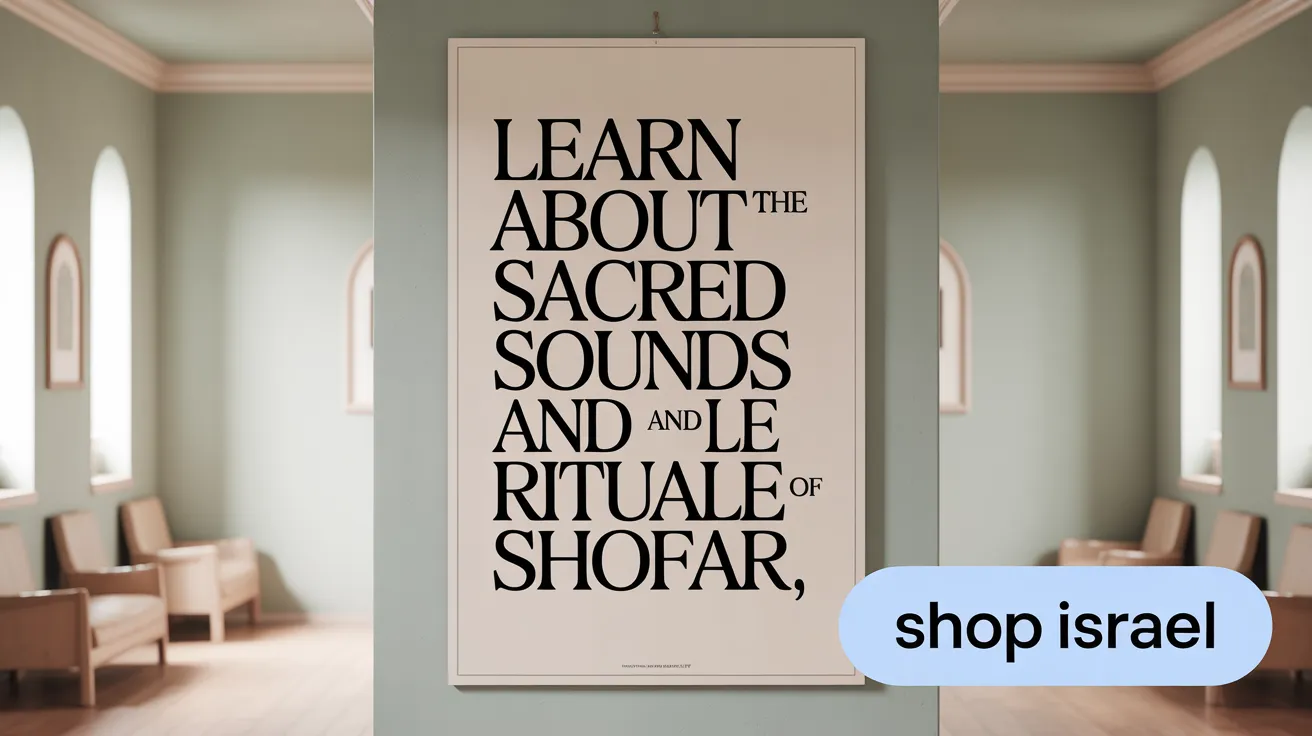
What are the traditional sounds and sequences of the shofar?
The shofar produces three primary sounds, each carrying deep spiritual meaning:
- Tekiah: A long, straight blast symbolizing a call to awe and reflection.
- Shevarim: Three broken, medium-length notes representing sighs or heartfelt cries.
- Teruah: A series of short, sharp staccato blasts, akin to a sobbing or alarmed cry.
During Rosh Hashanah services, these sounds are combined into specific sequences that total traditionally 100 blasts. These sequences awaken the soul, urging introspection, repentance, and renewed commitment to faith. For more details on the Tekiah, Shevarim, Teruah and their shofar blasts types, see: What is a Shofar and Decoding the Shofar.
How is the shofar made and when is it blown?
The shofar is carefully crafted by hollowing out and shaping the horn of a kosher animal, almost always a ram, chosen for its biblical and symbolic significance. The process requires skill to preserve the horn’s natural form and ensure a clear, pure sound. Learn more about the shofar production process and how a shofar is made.
The shofar is blown primarily during the daytime of Rosh Hashanah and throughout the month of Elul leading up to the High Holidays. Due to tradition and law, it is not blown on Shabbat. The blowing typically occurs after the Torah reading and before the Musaf prayer in synagogue services, alongside blessings and special liturgy. Explore the shofar blowing rituals and times and the Shofar in Jewish tradition.
What customs are associated with shofar blowing on holidays?
Blowing the shofar during Rosh Hashanah serves as a spiritual alarm clock, awakening the community to God's kingship and the approaching Day of Judgment. It recalls the revelation at Mount Sinai and prophecies calling for moral correction. The custom includes standing during the blasts and reciting blessings, often involving all ages and genders in hearing and responding to its call. For insights into the spiritual significance of the shofar and Reasons for Blowing the Shofar on Rosh Hashanah, see these resources.
What is the spiritual symbolism of the shofar’s sound and breath?
The sound of the shofar is more than a musical note—it's considered the voice of the soul yearning to connect with the Creator. The breath that powers the shofar symbolizes life and spirit, connecting deeply to the Hebrew words for breath (neshima) and soul (neshama). The piercing blasts stir humility, awe, and repentance, infusing listeners with hope for redemption, renewal, and the Messianic era.
Each shofar blast echoes ancient events such as the binding of Isaac, the giving of the Torah at Sinai, and the cries over the Temple's destruction. Its sound is a timeless call to spiritual awakening, moral awakening, and national unity, central to Jewish identity and tradition. See further discussion on the Spiritual meaning of the shofar's breath and the Mystical resonance of the shofar.
Spiritual and Mystical Dimensions of the Shofar’s Sound
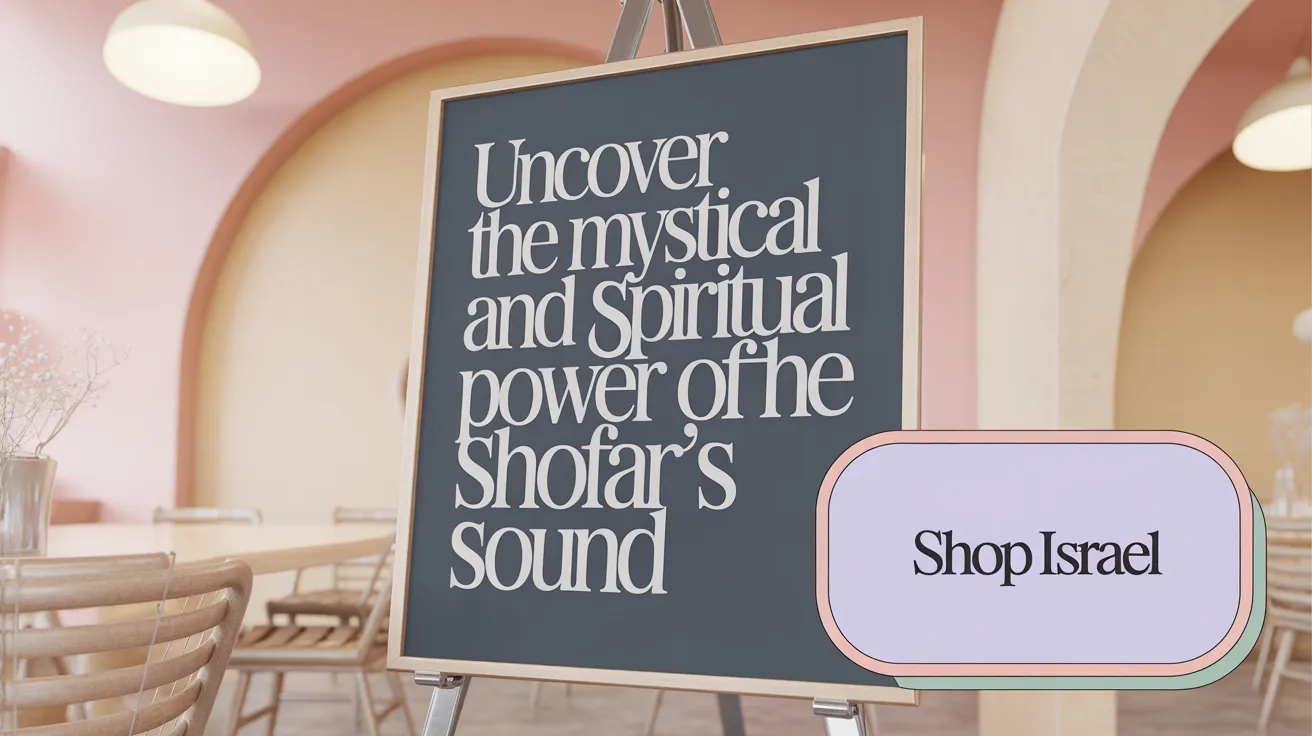
What is the spiritual significance of the shofar’s sound?
The shofar's sound carries profound spiritual resonance within Jewish tradition, being much more than a mere musical instrument. It acts as a divine alarm, calling individuals to awaken from spiritual slumber and renew their dedication to God. This call deeply echoes the soul's innermost yearning to reconnect with its Creator, symbolizing an eternal plea for spiritual reunion.
Kabbalistic and mystical interpretations
Kabbalistic teachings reveal that the shofar's sound vibrates with sacred energy, a form of spiritual breath work. This sacred vibration is believed to purify the soul and inspire inner transformation. Mystics understand the shofar as a bridge linking the earthly and divine realms—its blast penetrating not only hearts but the cosmic order.
Sound healing and breath as spiritual connection
The Hebrew root of "shofar" relates to the word meaning "to improve," highlighting the instrument's association with self-betterment and healing. The act of blowing the shofar uses human breath, closely tied to the soul (neshama), underscoring the intimate relationship between sound, breath, and spiritual vitality. This breath work is a meditation on life and divine presence (source).
The shofar’s call as a soul’s longing
The shofar's cry is seen as the primordial scream of the soul longing to return home to its Maker. This ancient lament and call urge reflection and repentance, inviting listeners to engage in deep introspection and renewed spiritual commitment.
Themes of renewal and divine communication
Through its blasts during the High Holy Days, the shofar signals themes of renewal, healing, and divine communication. It marks the momentous arrival of Rosh Hashanah and Yom Kippur, awakening the community to moral correction and hope for redemption and peace in the coming messianic era (source).
Together, these spiritual and mystical dimensions of the shofar make it an enduring symbol of faith, hope, and the intimate connection between God and the Jewish people.
The Shofar’s Symbolism in Personal and Communal Reflection

How does the shofar inspire personal and communal transformation?
The shofar is far more than a ritual instrument; it serves as a profound spiritual alarm clock that awakens individuals to self-examination and repentance. Blown during Rosh Hashanah and other sacred times, its blasts call upon each listener to review their deeds and commit to moral improvement.
Communally, the shofar reminds the Jewish people of God's justice and mercy. It echoes the solemn Day of Judgment, encouraging the community to seek forgiveness and divine compassion. This dual role bridges personal accountability with collective spiritual responsibility.
The shofar’s sound also inspires humility and faith. Associated deeply with the binding of Isaac, it recalls Abraham’s readiness to sacrifice, symbolizing profound devotion and trust in God’s will. This narrative instills courage and submission, foundational elements for a faithful life.
Beyond individual and communal themes, the shofar heralds Jewish unity and Messianic hope. Its cry is linked to tears over the destroyed Temple and the hopeful vision of its rebuilding. It symbolizes the expectation of the Messiah's arrival, uniting all Jews in shared anticipation and ultimate redemption.
Through these intertwined meanings, the shofar shapes both personal growth and a collective yearning for divine connection and future peace, becoming a powerful emblem of spiritual awakening and Jewish identity.
Varieties of Shofars and Their Unique Characteristics
What types of shofars are available and how do they differ?
The shofar comes in several types, each distinguished by the animal horn used and its cultural origin. The most common varieties include:
- Ram's Horn: Traditionally used in Ashkenazi communities, these shofars are smaller and have a baritone sound, symbolizing the ram from the Binding of Isaac story. Learn more about the Ram's Horn and Binding of Isaac.
- Yemenite Kudu: Known for their long, majestic spiral shape, these shofars produce a deep, resonant tone. They have historical ties to Yemenite Jewish communities. Explore details on the Yemenite Kudu shofar characteristics.
- Gemsbok Oryx: Originating from southern Africa and the Arabian Peninsula, Gemsbok shofars have a straight, ribbed appearance and offer a unique sound profile. See more about Types of shofars.
- Eland Horn: This less common type features a twisted shape with various shades of brown, making it visually distinctive.
- Decorated Shofars: Crafted from the above animal horns but embellished with silver plating or hand-painted motifs. These often feature Jewish symbols like the Star of David, Lion of Judah, or Jerusalem scenery. Additional insights on Decorated shofars and kosher certification.
What makes a shofar kosher and of good quality?
A shofar is considered kosher if it is made from the horn of a kosher animal—primarily rams or kudu—and is carefully hollowed out without the use of paint or metal plating that might interfere with its ritual use. The sound must be generated by human breath alone, free from mechanical aid. For detailed requirements, see Kosher Shofar Requirements.
Quality shofars:
- Produce clear, strong, and varied tones that include the tekiah, shevarim, and teruah blasts.
- Show signs of natural horn features, polished to highlight their authentic texture.
- Have mouthpieces shaped for comfortable blowing, suitable for both beginners and experienced users. Tips on How to Choose a Quality Shofar.
Decorated shofars add artistic value but should be checked for kosher certification to ensure they meet religious standards.
Selecting a quality shofar not only enhances the High Holiday experience but also provides a lifetime spiritual companion cherished by Jewish families worldwide. For more on the shofar's spiritual and ritual significance, consider exploring those resources.
Representation of the Shofar in Israeli Cultural Merchandise
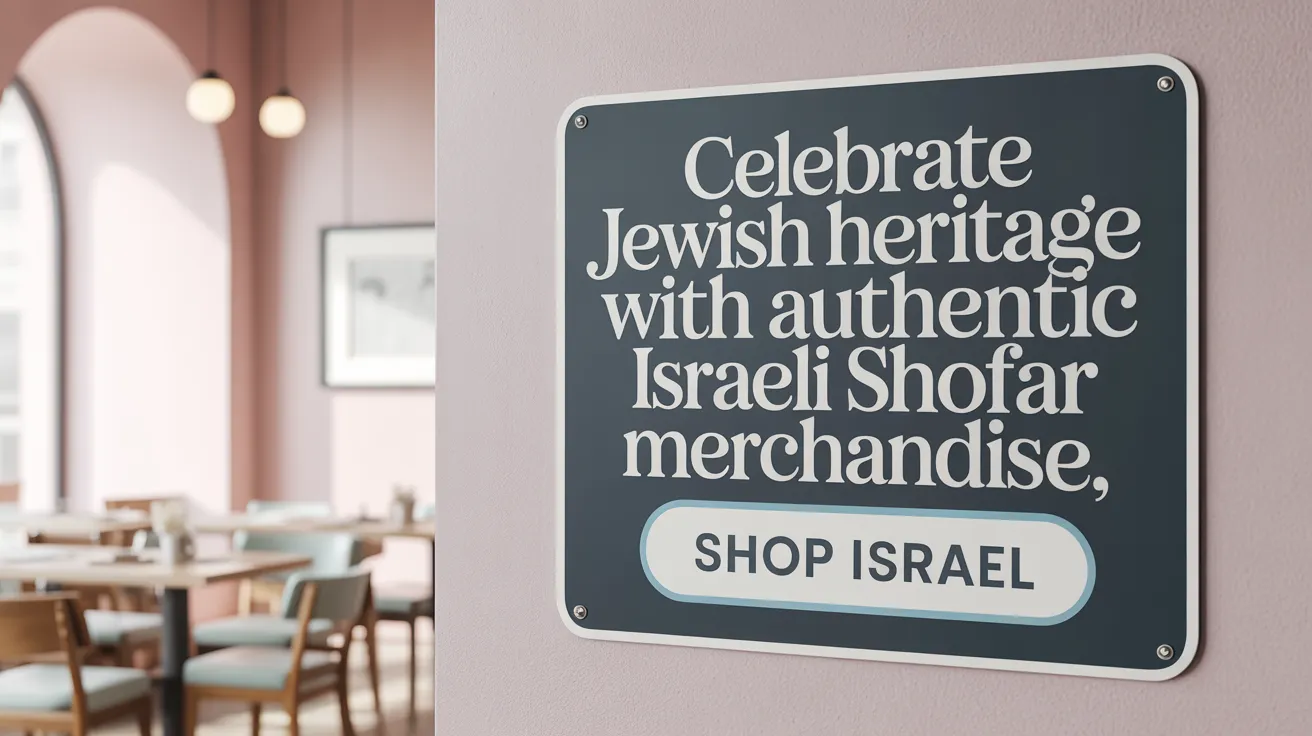
How is the shofar represented in merchandise related to Israeli culture?
The shofar is a powerful symbol deeply embedded in Jewish tradition and Israeli identity, and it is prominently featured in various cultural merchandise. Handcrafted shofars, often made in Israel, are not only ritual objects but also artistic masterpieces. These shofars come in traditional ram's horn varieties and also in decorated forms, embellished with silver plating or hand-painted designs showcasing iconic Jewish symbols such as the Star of David, Jerusalem landmarks, and the Lion of Judah, highlighting the Decorated shofars and kosher certification.
Israeli artisans skillfully blend heritage with modern creativity, creating products that resonate with Jewish pride and cultural solidarity. Beyond the shofars themselves, shofar imagery appears in a wide range of Judaica and artistic items, including jewelry, holiday-themed books, and artwork. These pieces support small businesses and Israeli communities, emphasizing a connection to the land, history, and spiritual values.
Purchasing Israeli-made shofar merchandise thus serves a dual purpose: it preserves and honors an ancient tradition while also fostering the livelihoods of local craftsmen and strengthening the global Jewish community's cultural ties. For more on the shofar's significance and varieties, see comprehensive guides on What is a shofar, shofar types, and symbolic meaning.
Choosing and Purchasing a Shofar: Tradition Meets the Marketplace

What should buyers consider when choosing a shofar?
When selecting a shofar, authenticity is paramount. Buyers should ensure the shofar is crafted from the horn of a kosher animal, typically a ram, and assess the sound quality — clarity, strength, and tonal variety are essential. The ease of blowing depends significantly on the mouthpiece size, which varies to suit beginners or experienced users. Some shofars are polished and may be adorned with silver plating or Jewish symbols like the Star of David or the Lion of Judah. While decorative shofars are beautiful, buyers should verify kosher certification, as not all artistic enhancements comply with ritual standards. Investing in a well-crafted shofar means acquiring not only a ritual object but also a soulful companion for High Holiday reflection and spiritual growth. For detailed guidance on how to choose a quality shofar and understanding the sound quality and authenticity, see these resources.
How does purchasing a shofar relate to supporting Israeli heritage?
Acquiring a shofar made in Israel or from Israeli artisans reflects deep solidarity with Jewish heritage and Israeli culture. Items labeled as Made in Israel Collection often come from small Israeli workshops, supporting local families, first responders, and communities affected by regional challenges. By choosing authentic Israeli shofars, buyers connect to a rich tradition that spans biblical times and modern Israeli identity. These Judaica pieces honor both religious significance and national pride, beautifully symbolizing a shared bond among Jews worldwide. Embracing such heritage through meaningful purchases strengthens Jewish cultural continuity and expresses patriotic pride. For more on Kosher Shofars for Sale from Israel and shofar origins and symbolism, see these links.
The Shofar Today: Bridging Ancient Tradition and Contemporary Expression
Spiritual Symbolism and Living Tradition
The shofar stands as a profound symbol within Jewish heritage, echoing themes of divine kingship, moral awakening, and spiritual renewal. Rooted in biblical events like the revelation at Mount Sinai and the Binding of Isaac, it calls believers to introspection and repentance, while also embodying hope for redemption and the coming of Moshiach. Its piercing sound evokes awe, humility, and a yearning soul, connecting generations across time.
A Pillar in Jewish Cultural Life
Beyond its ritual function on Rosh Hashanah and Yom Kippur, the shofar unites communities during Elul and other meaningful moments, reinforcing collective memory and identity. Whether in the synagogue, at home, or public spaces, its blasts reaffirm Jewish resilience and continuity in an ever-changing world.
Celebrating Heritage Through Judaica
Today, shofar-themed merchandise, often crafted in Israel, serves as more than decorative items—they become tangible expressions of cultural pride and spiritual solidarity. Authentic, handcrafted shofars honor tradition while supporting Israeli artisans, enabling the diaspora to embrace their roots meaningfully.
Inviting Personal Connection
Choosing a quality shofar invites individuals into a lifelong journey of faith and reflection. Through these sacred instruments, one not only fulfills a mitzvah but also engages intimately with Jewish history and values, fostering a vibrant connection to their heritage and community.



